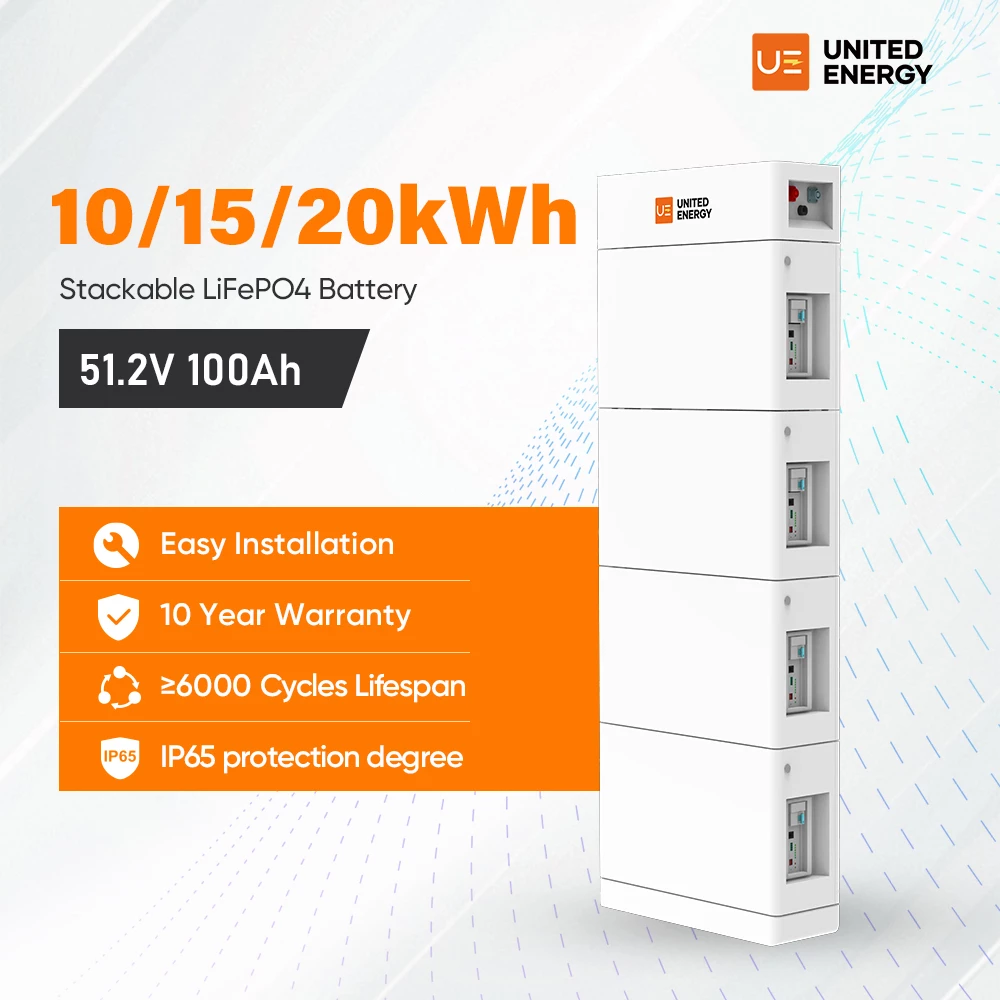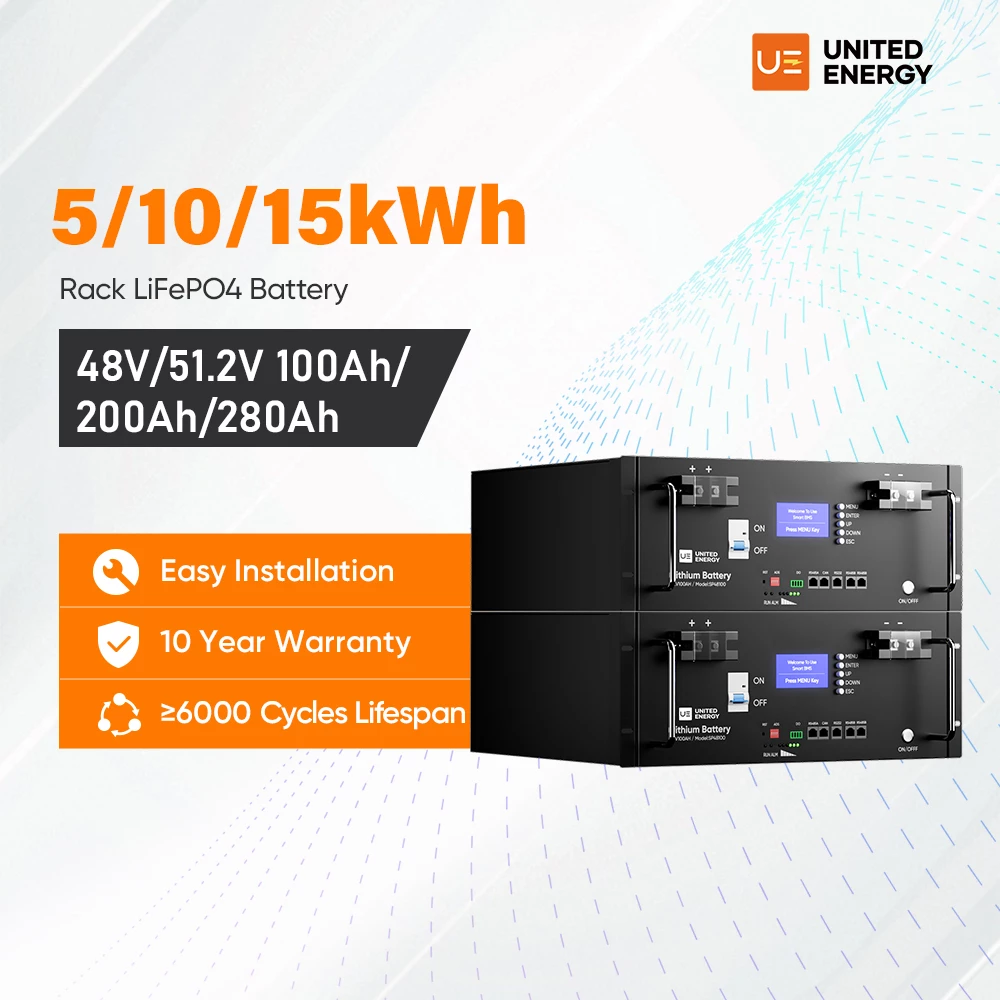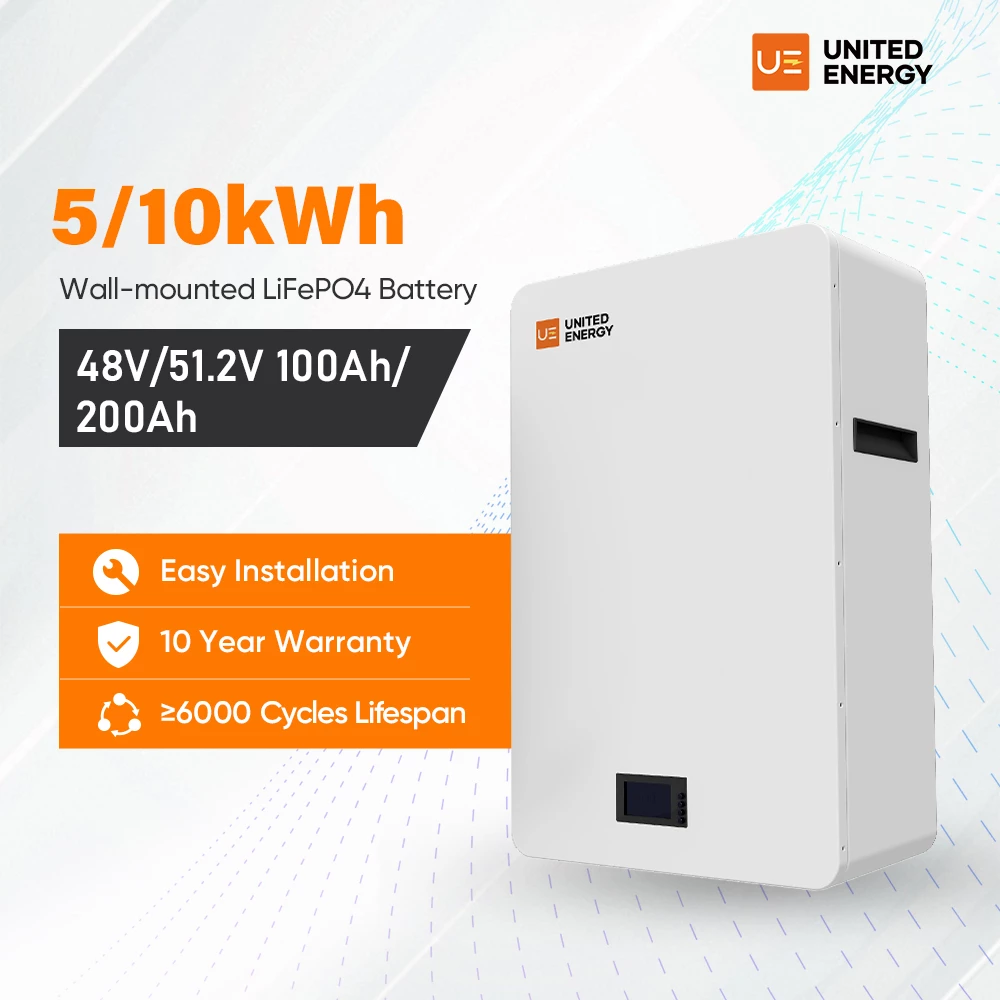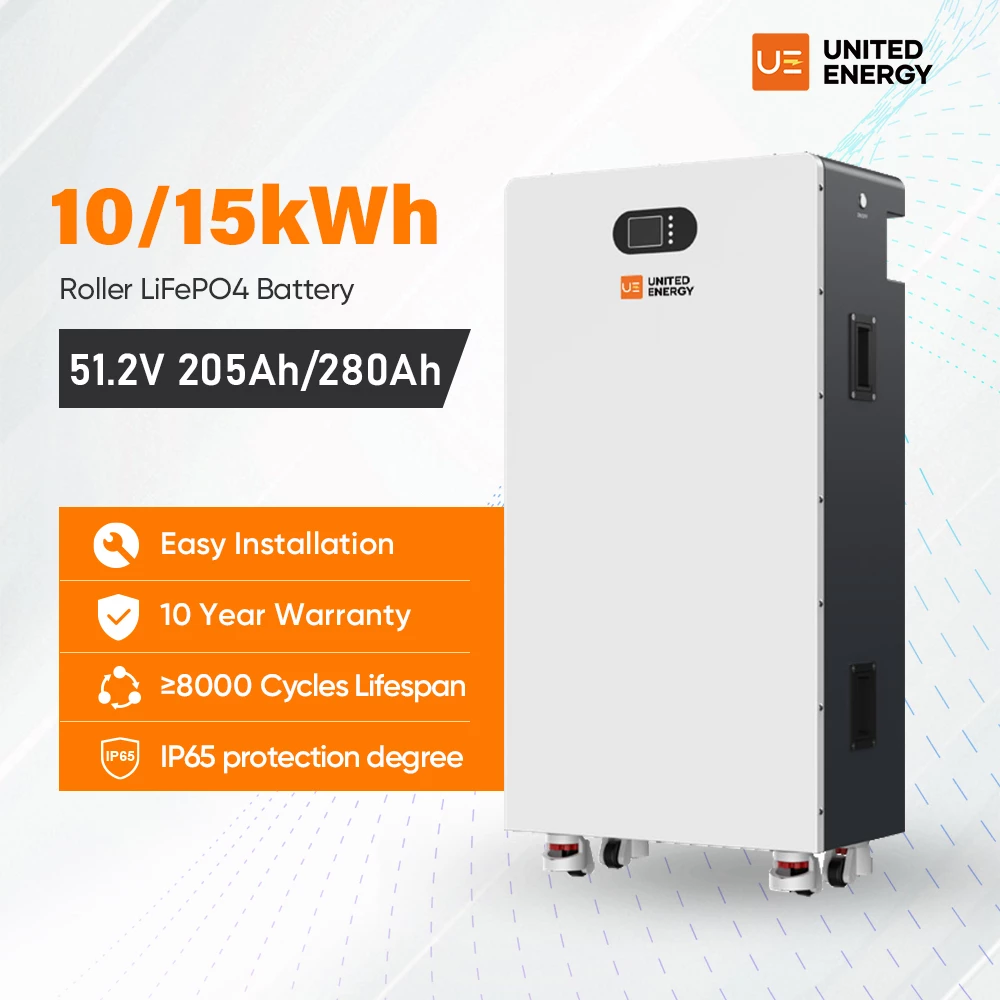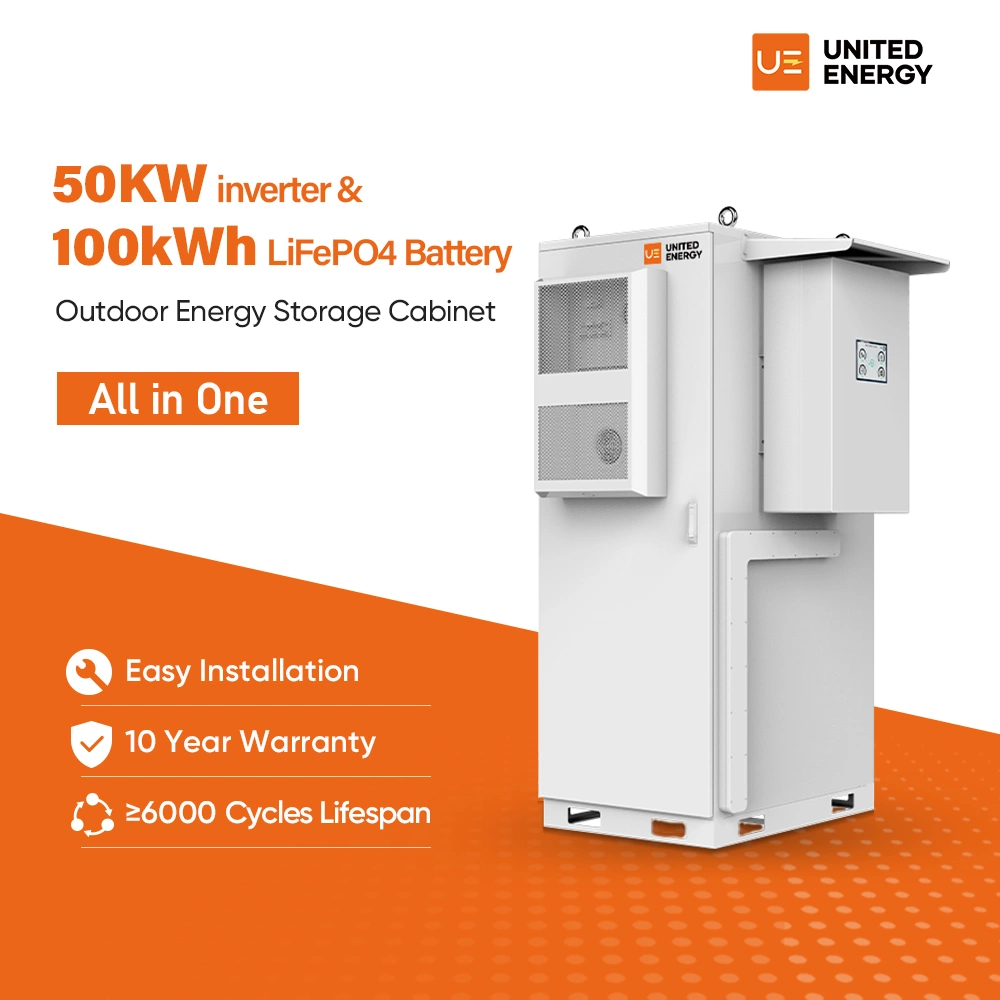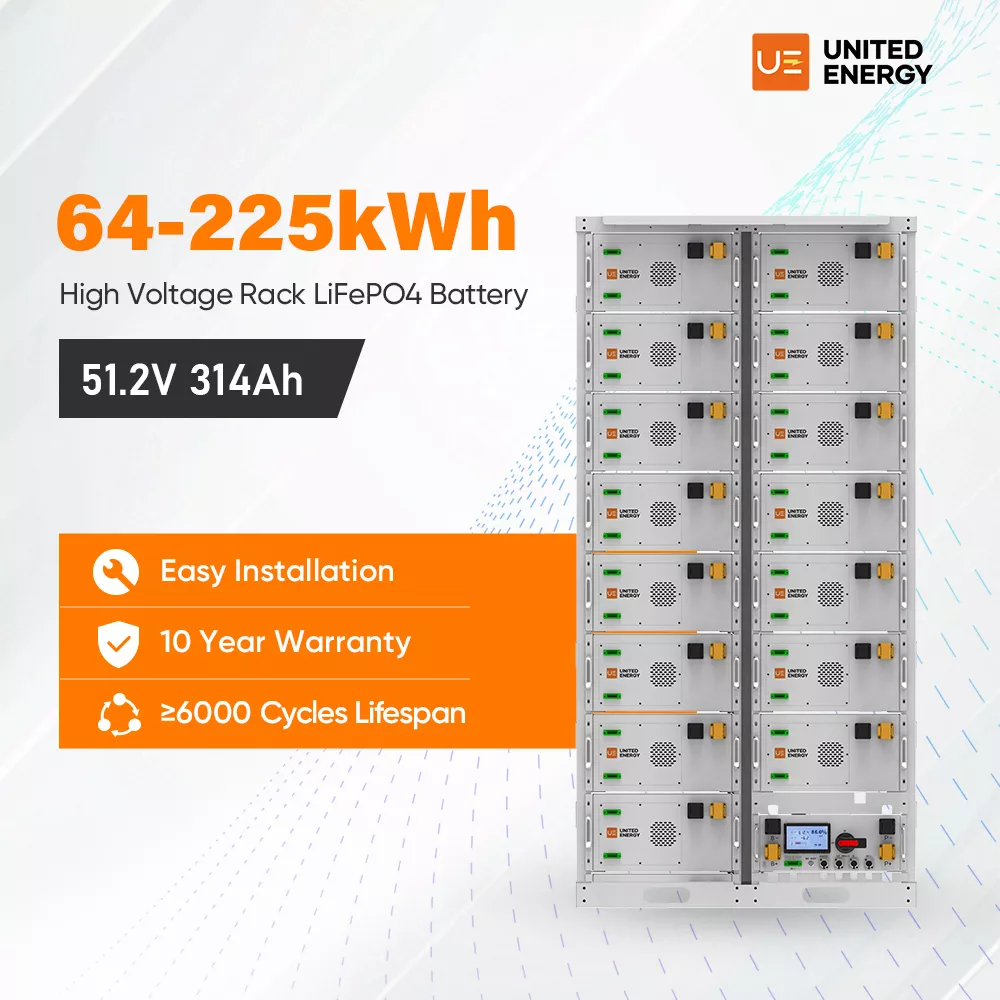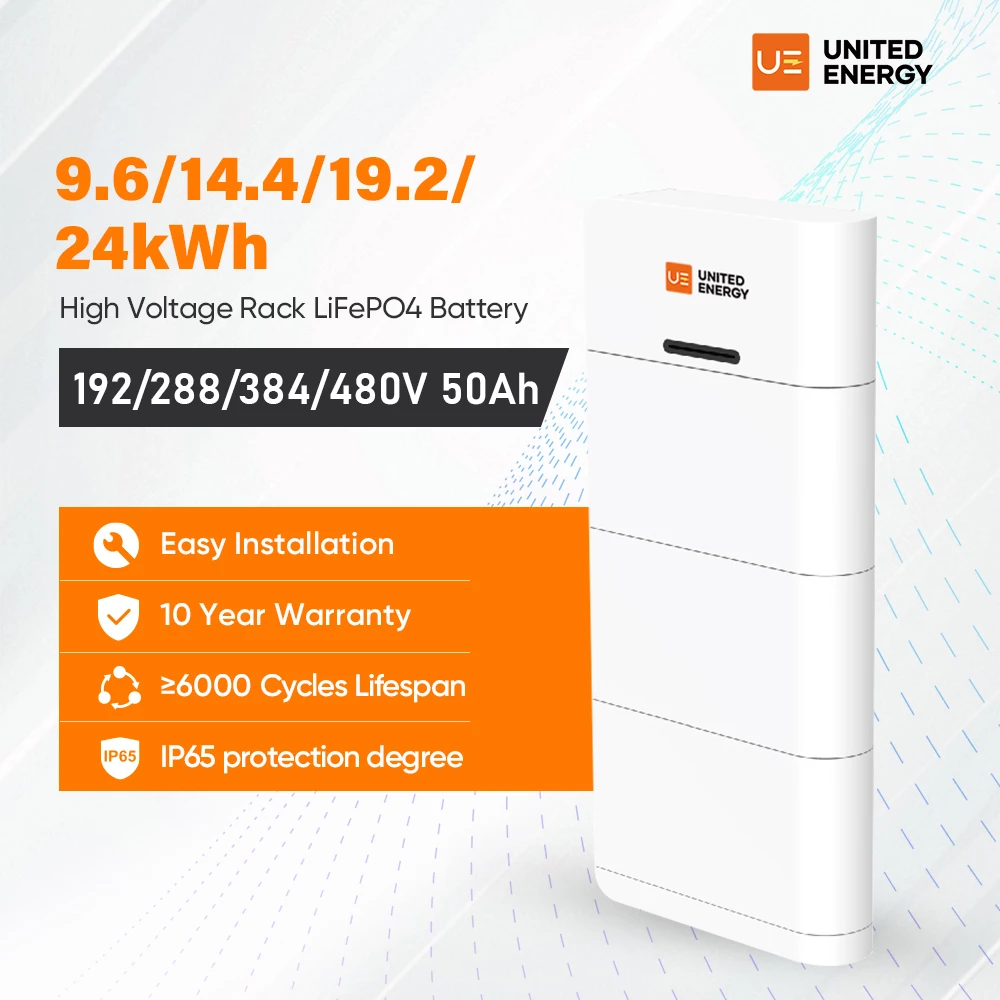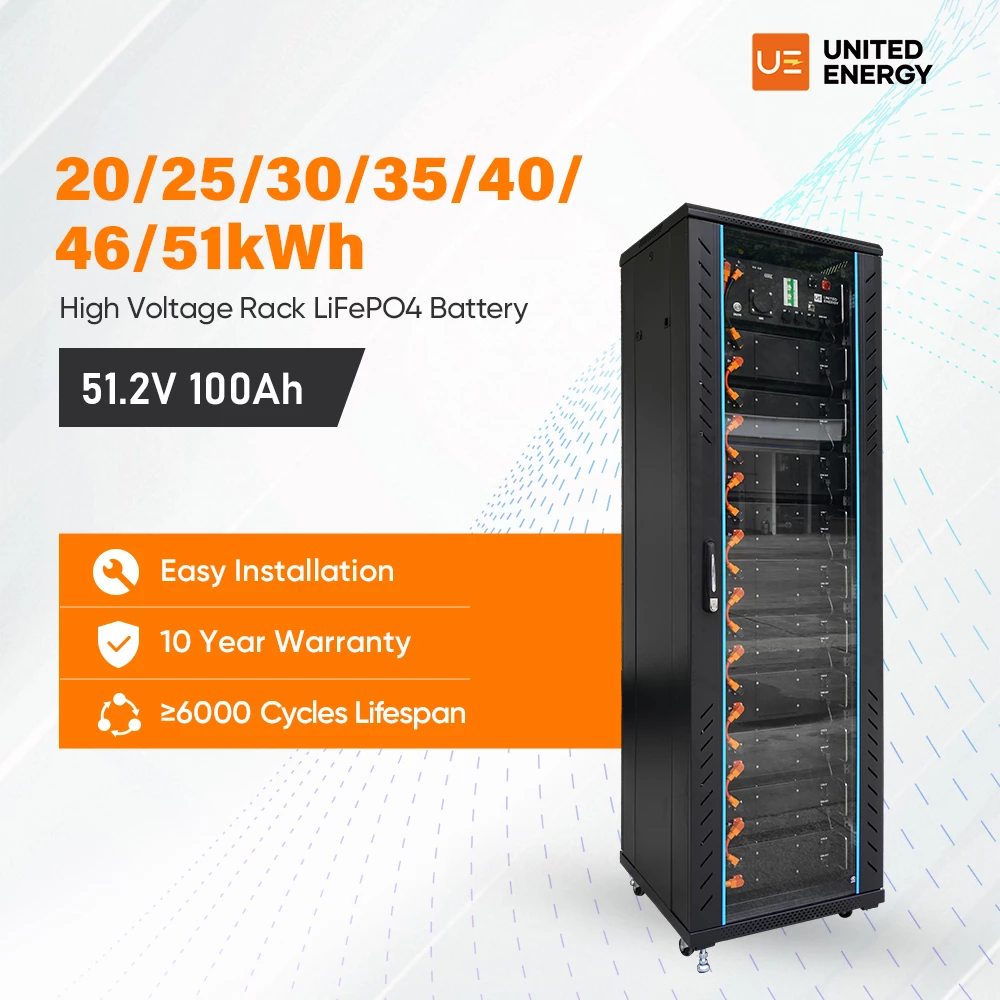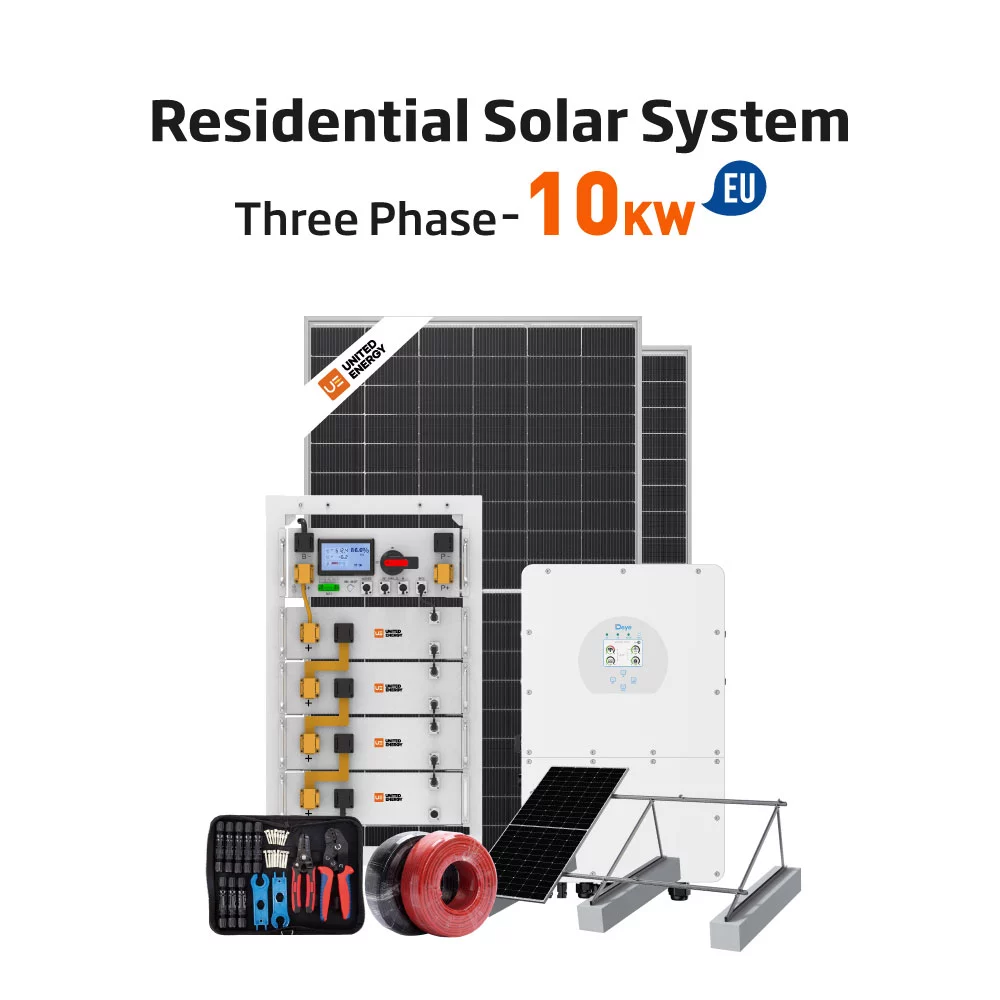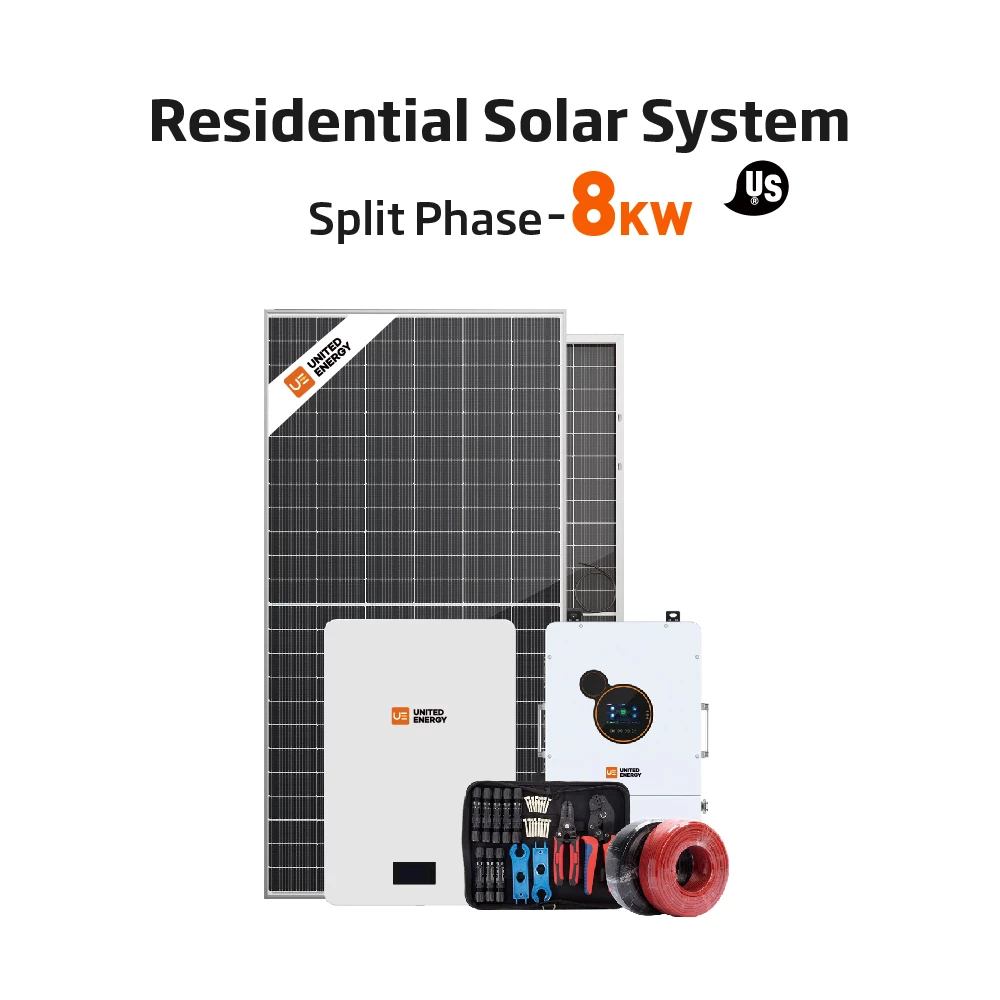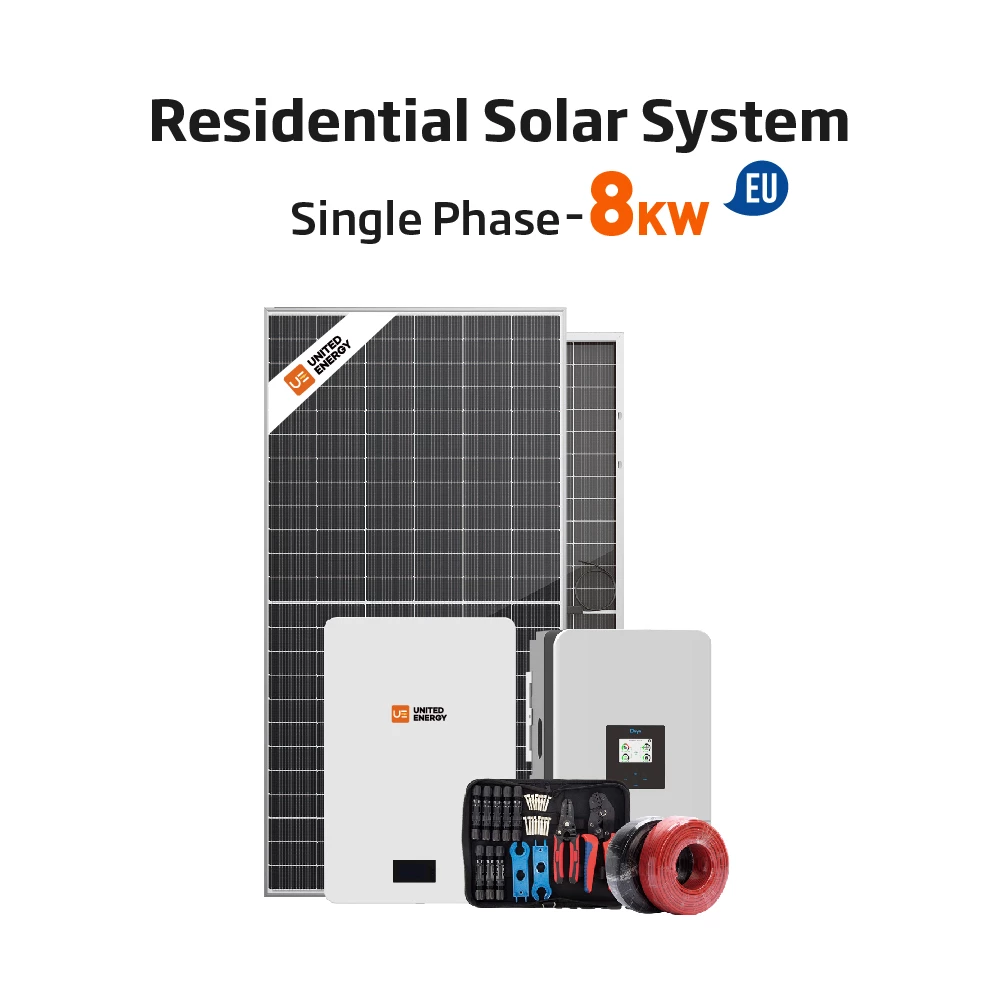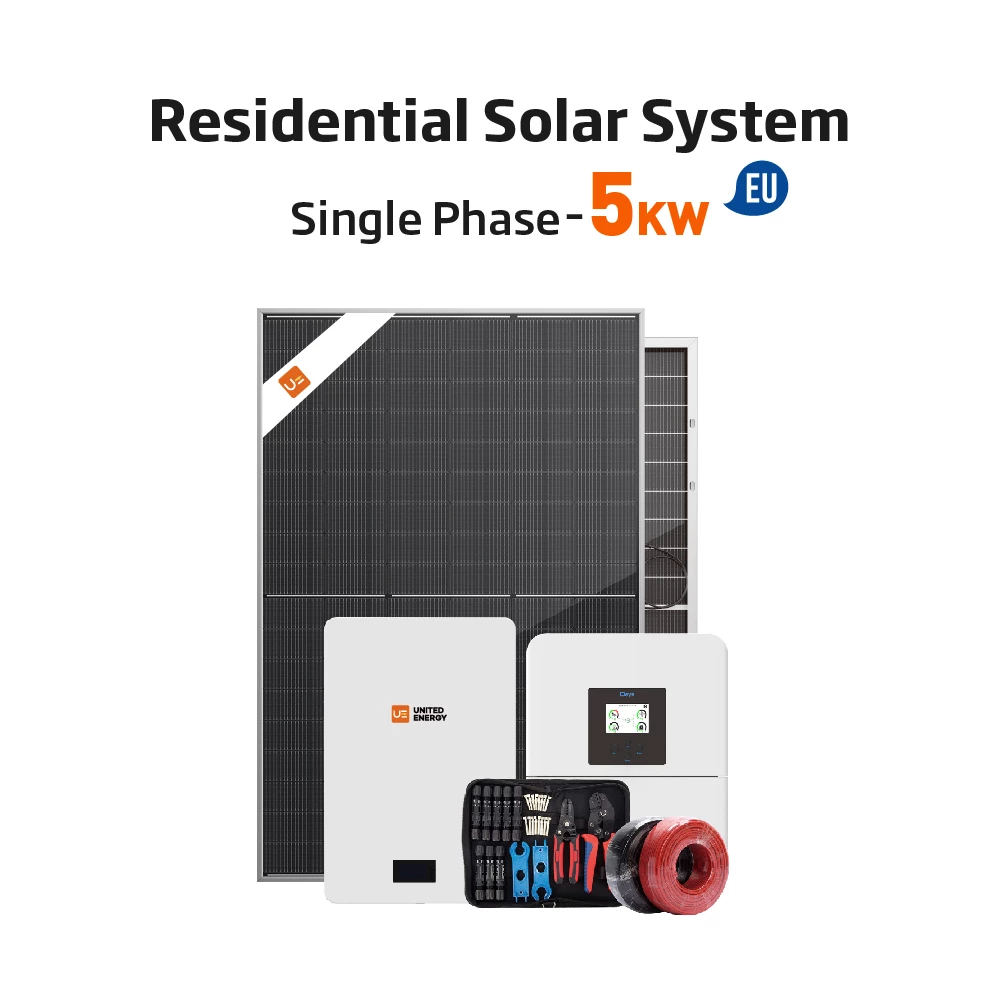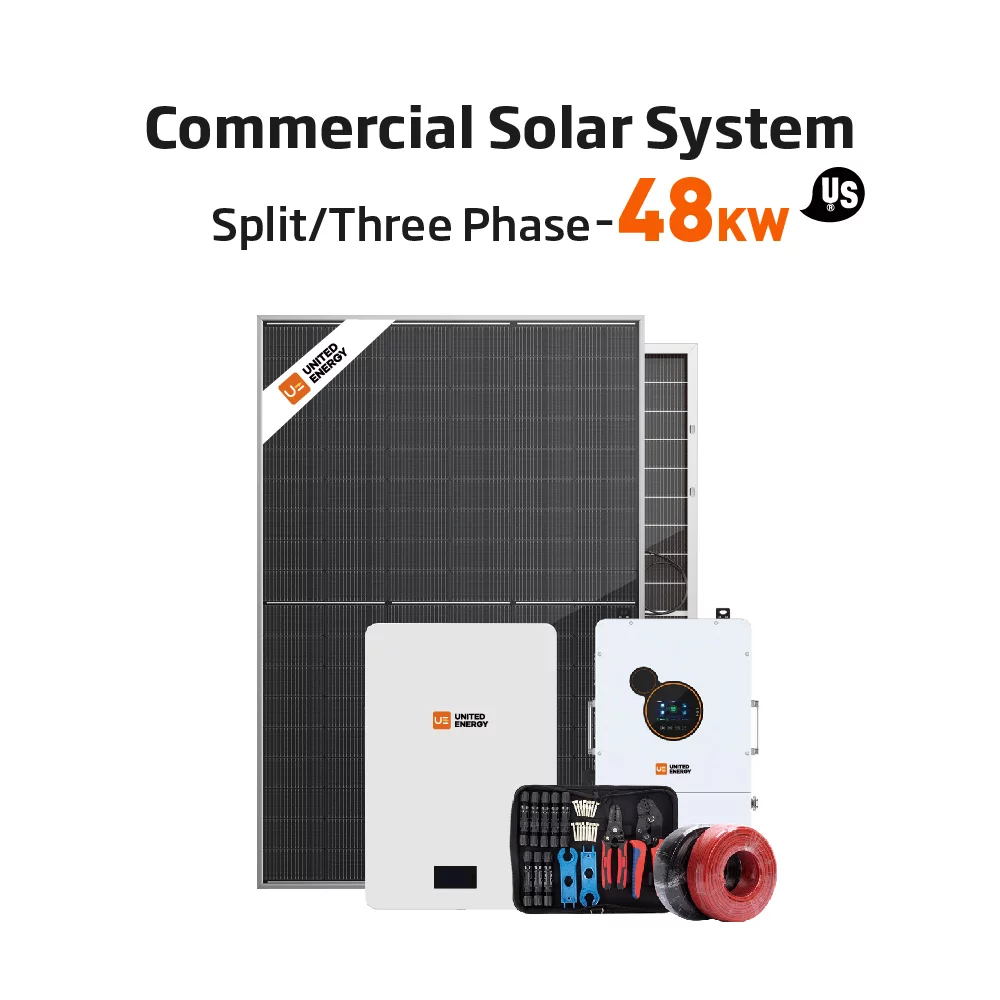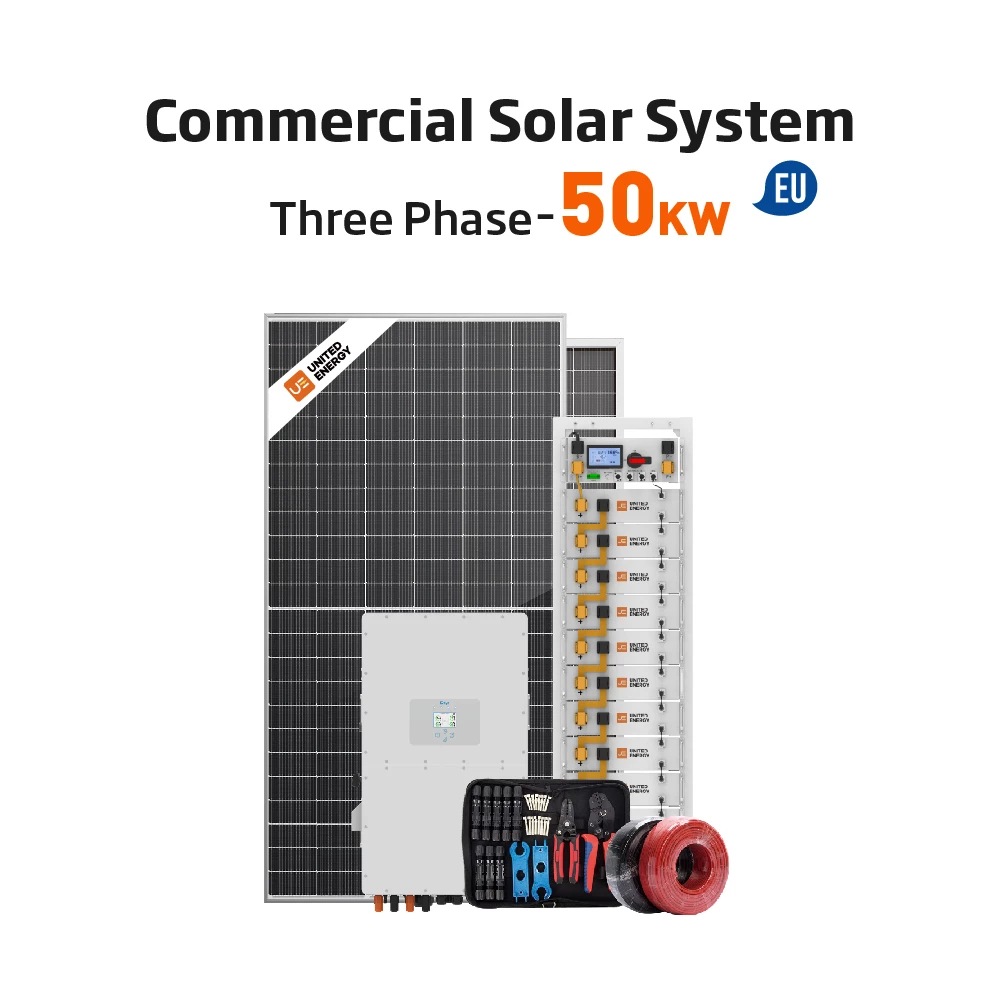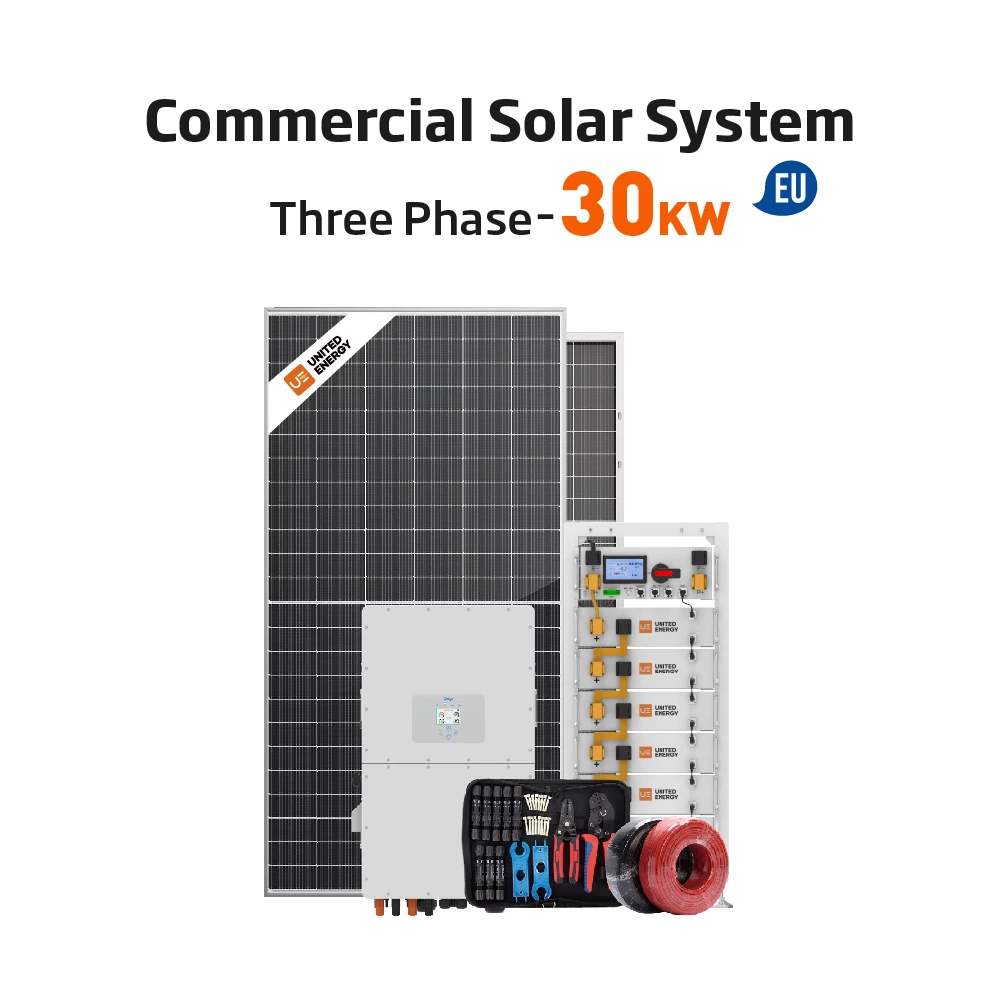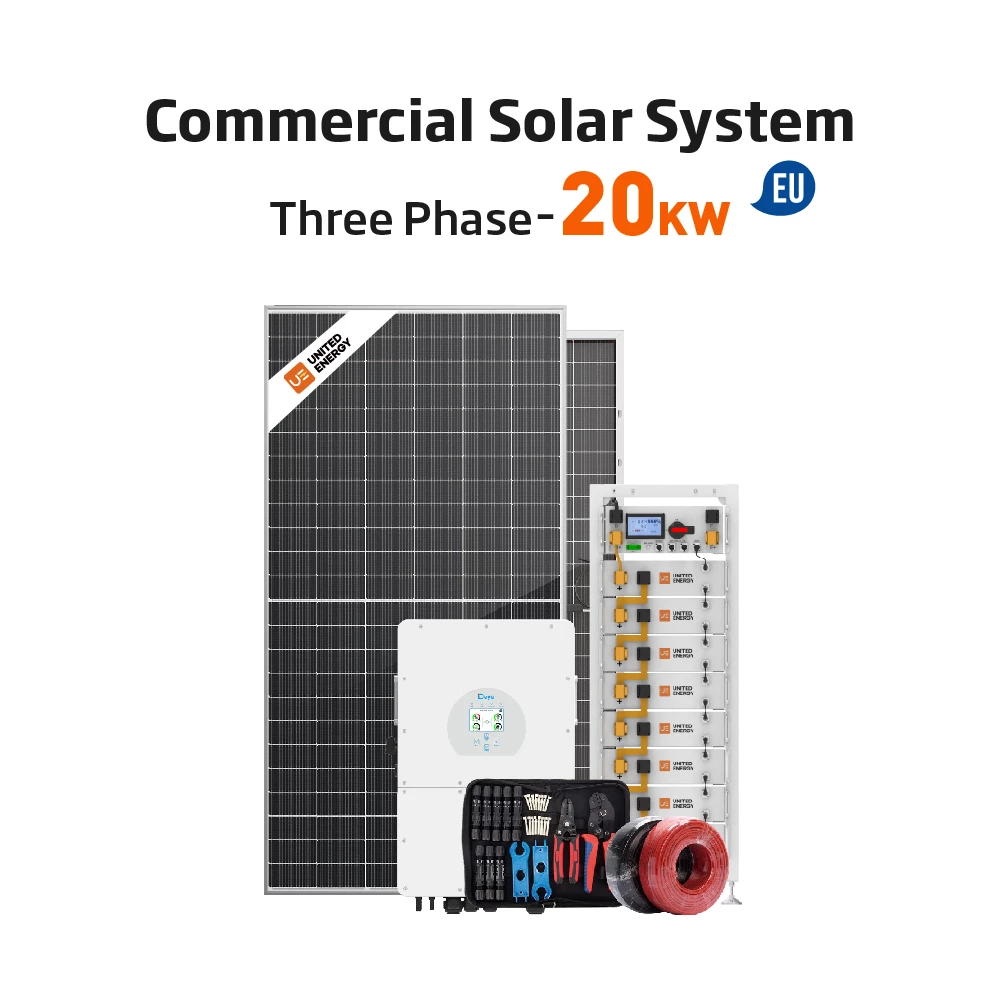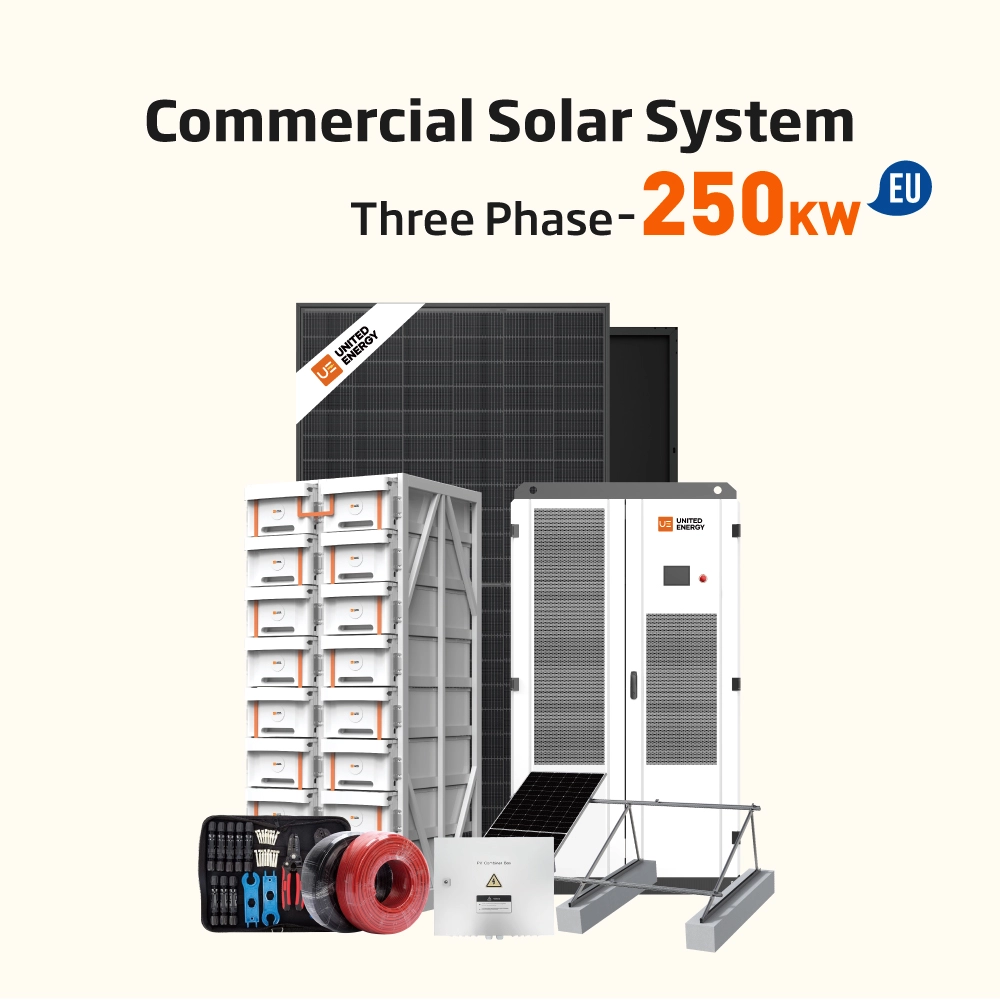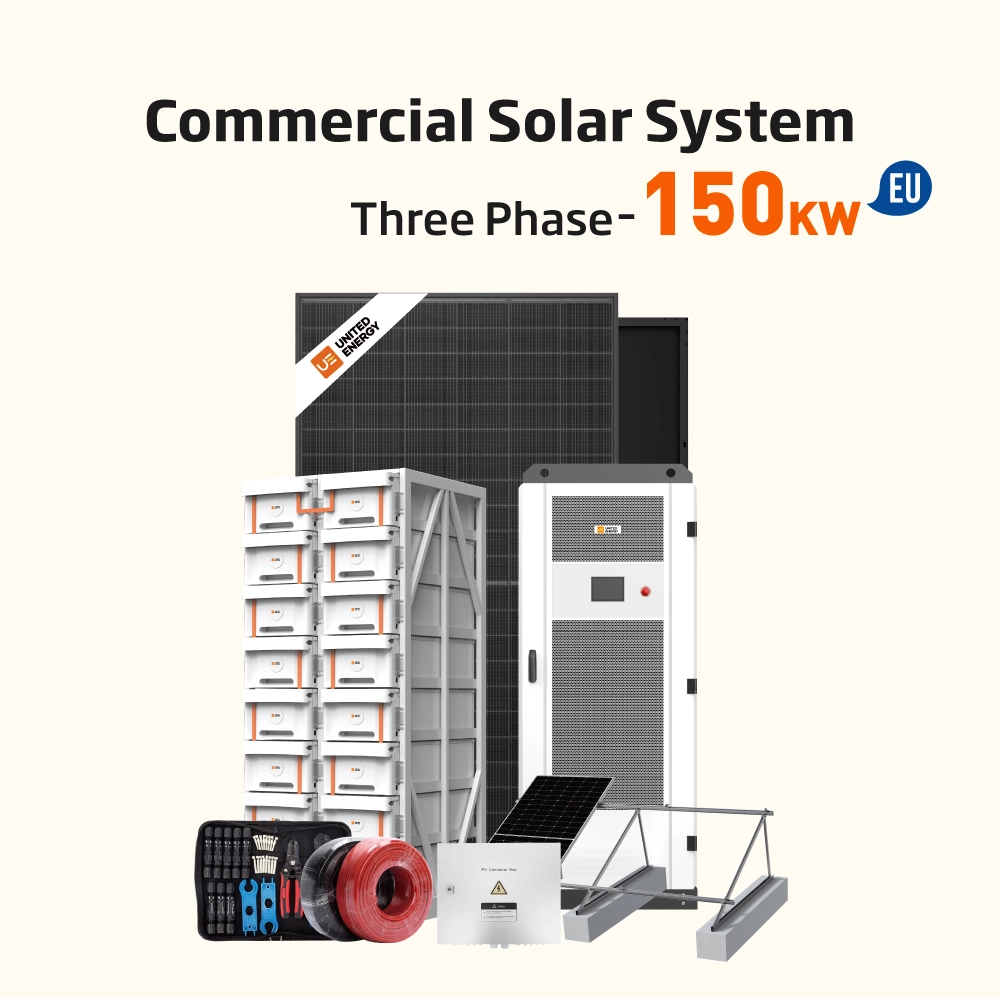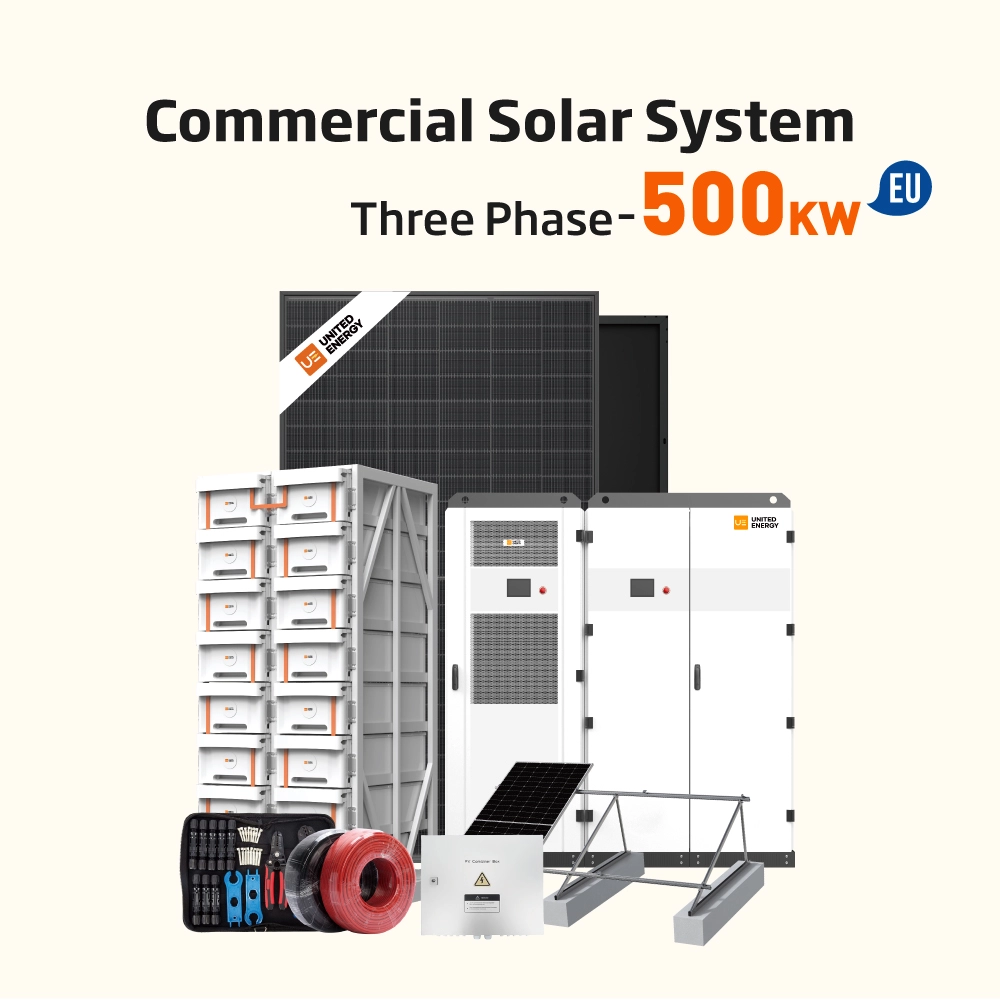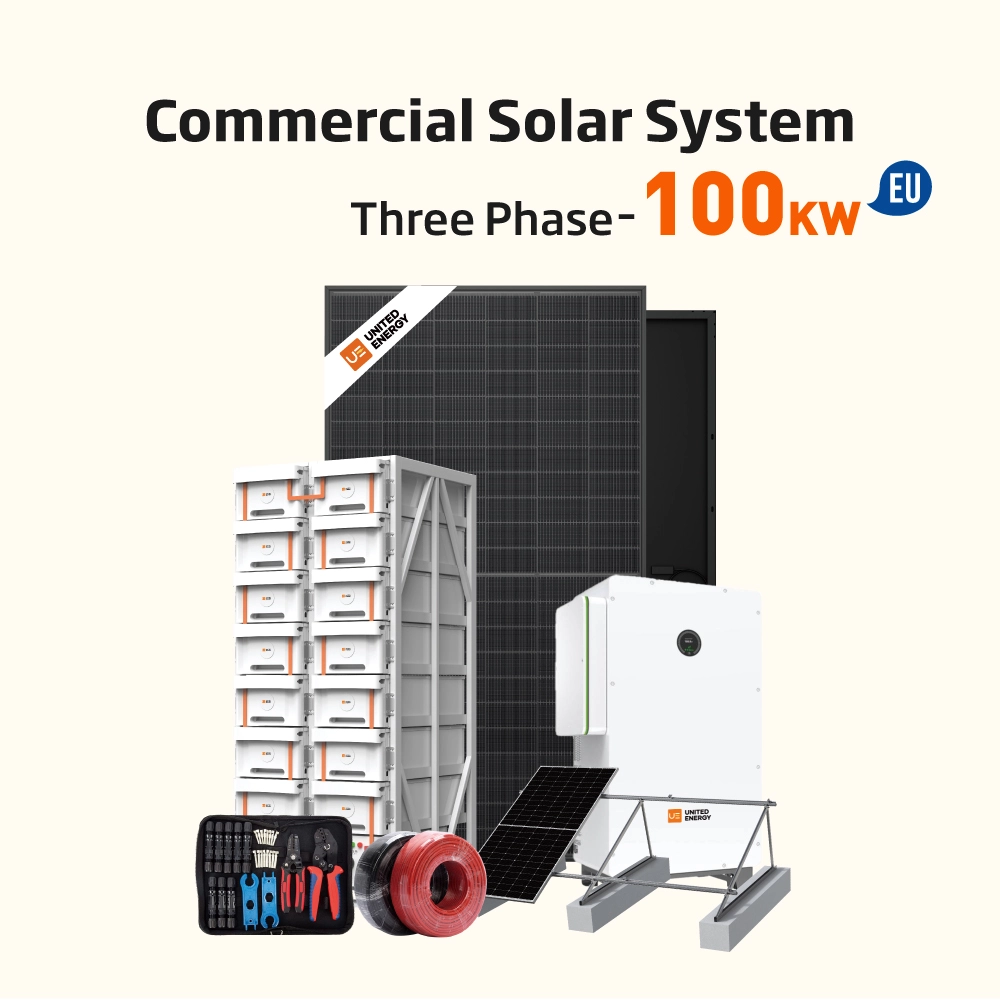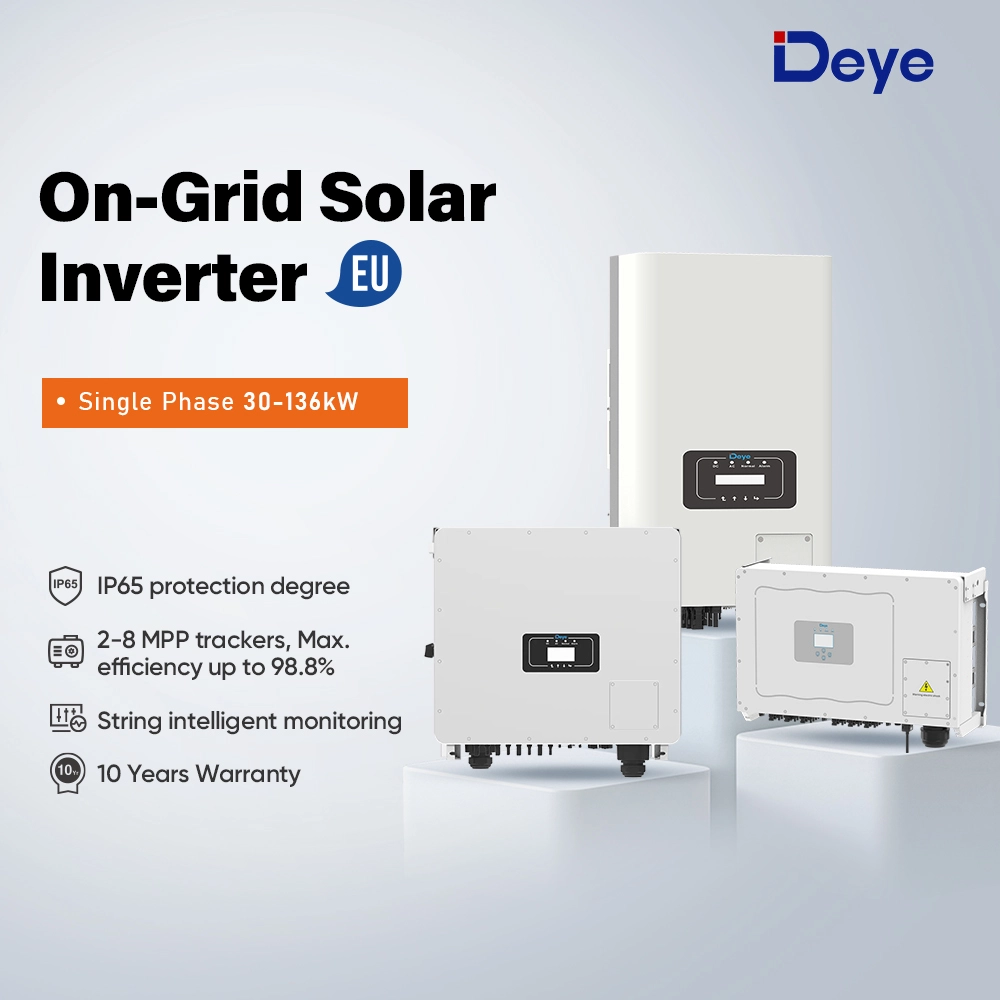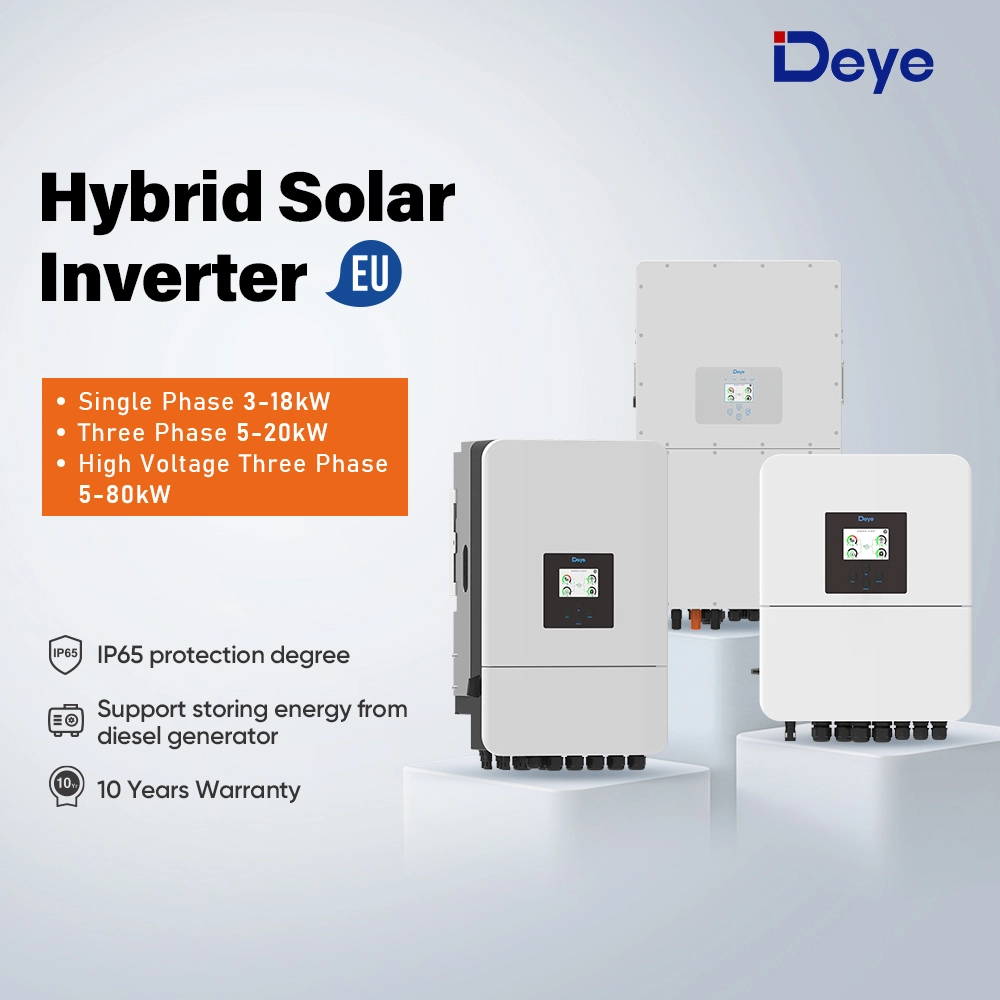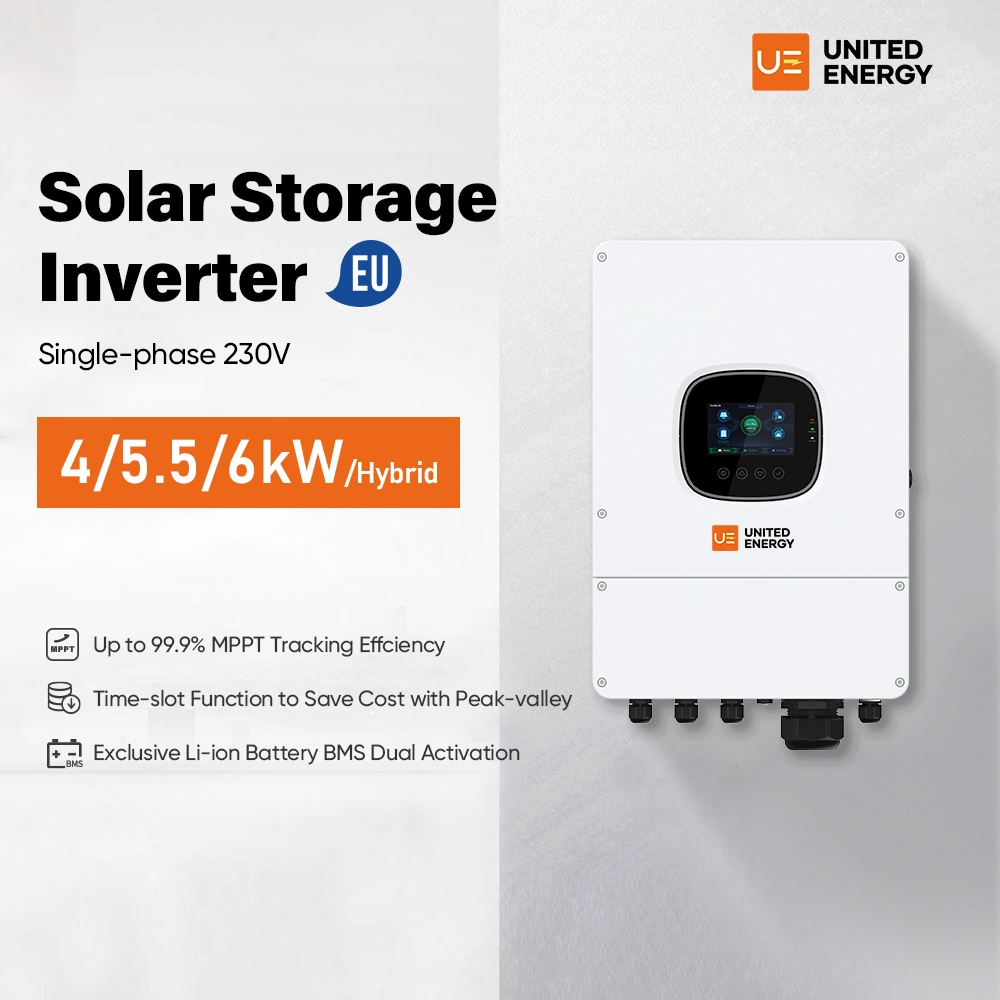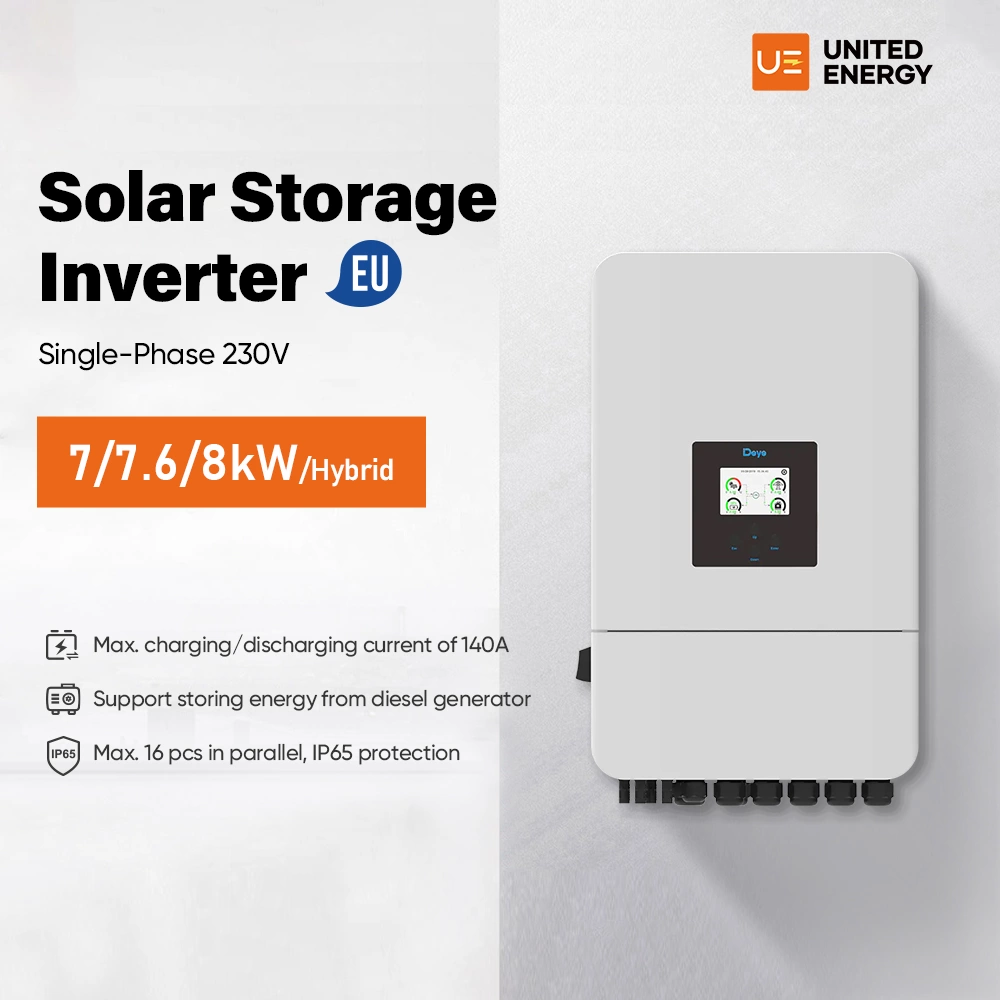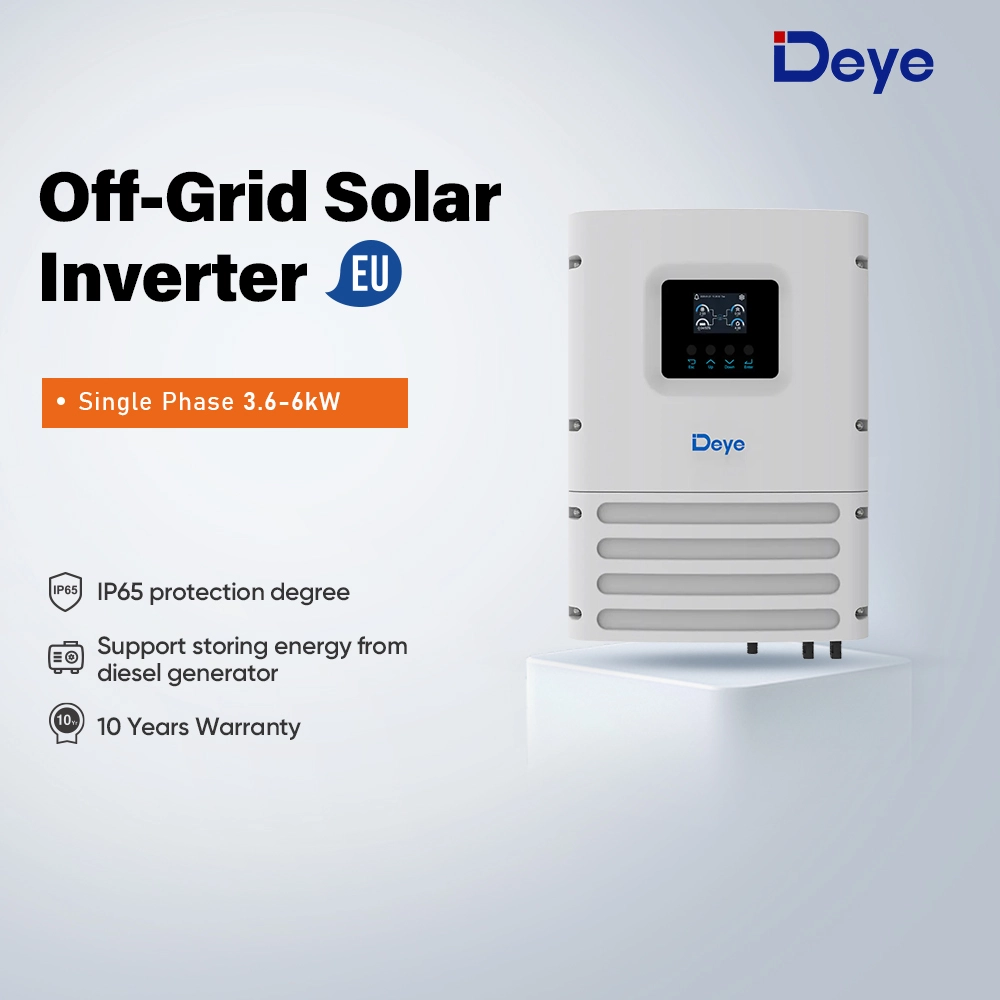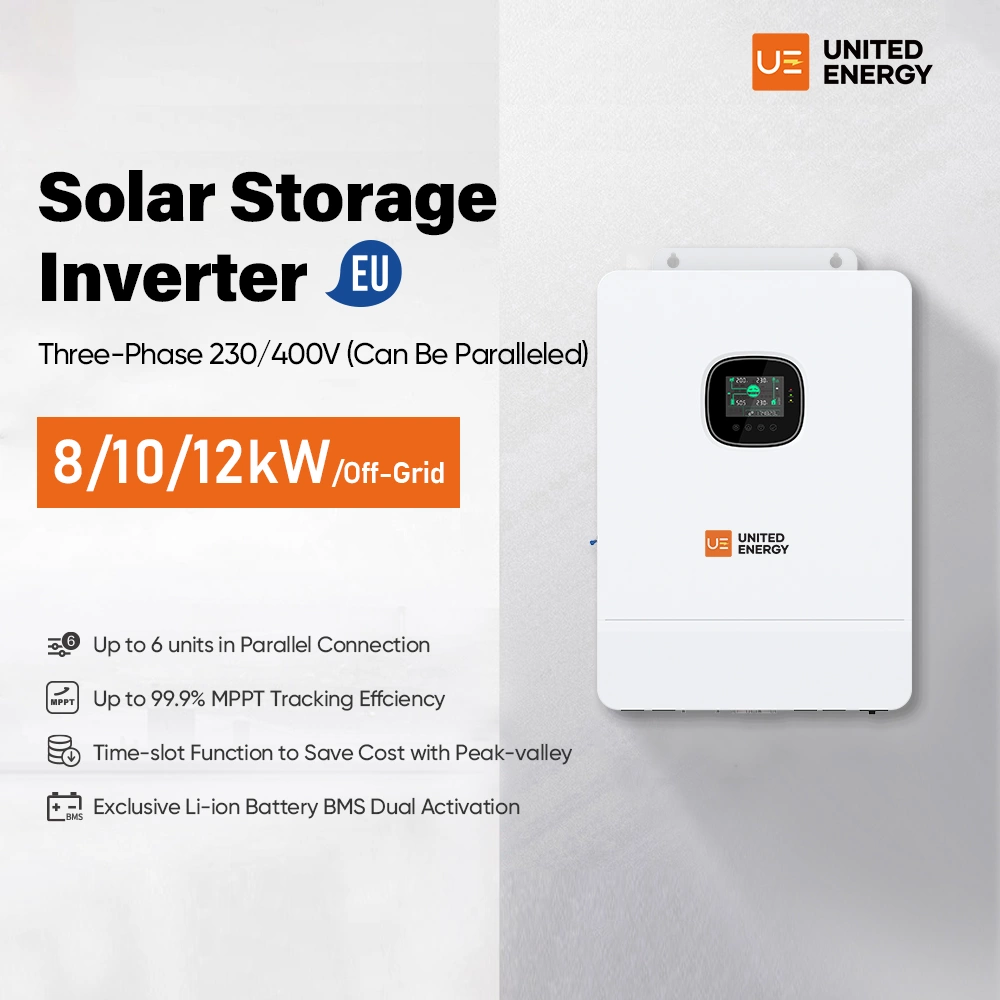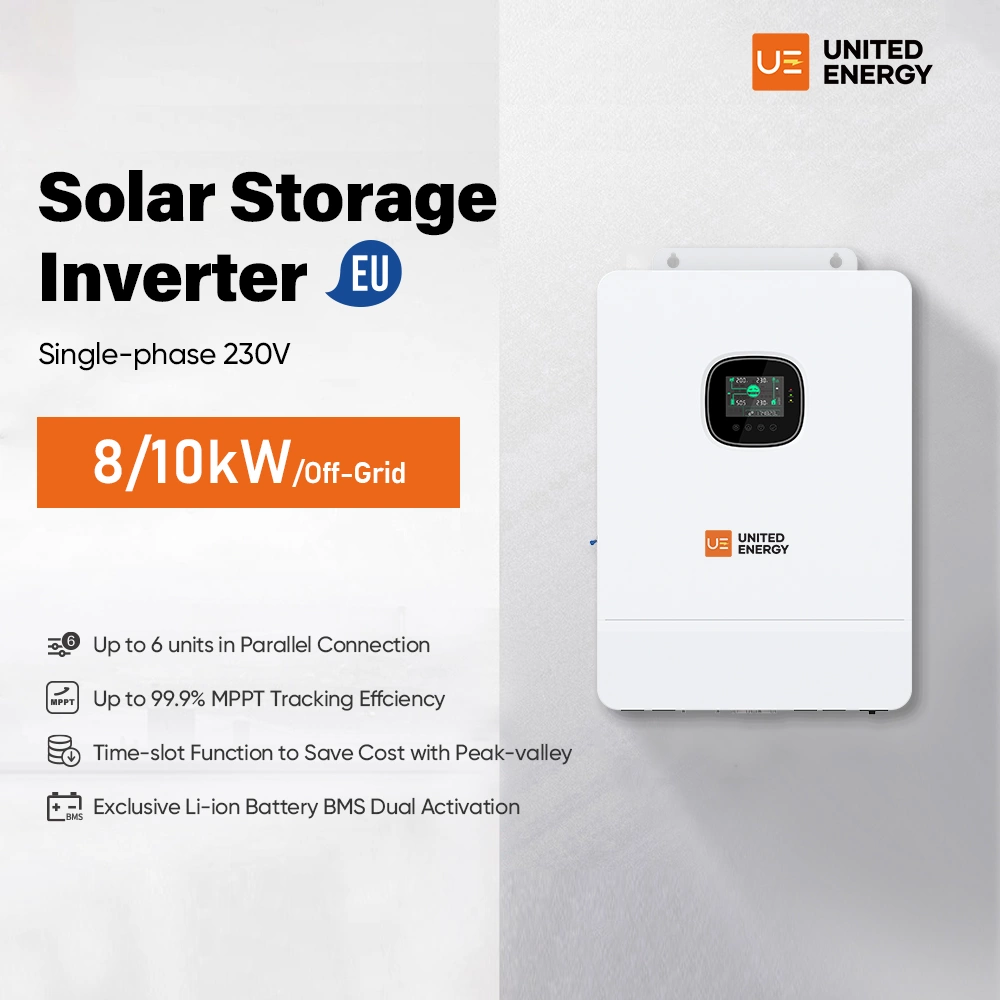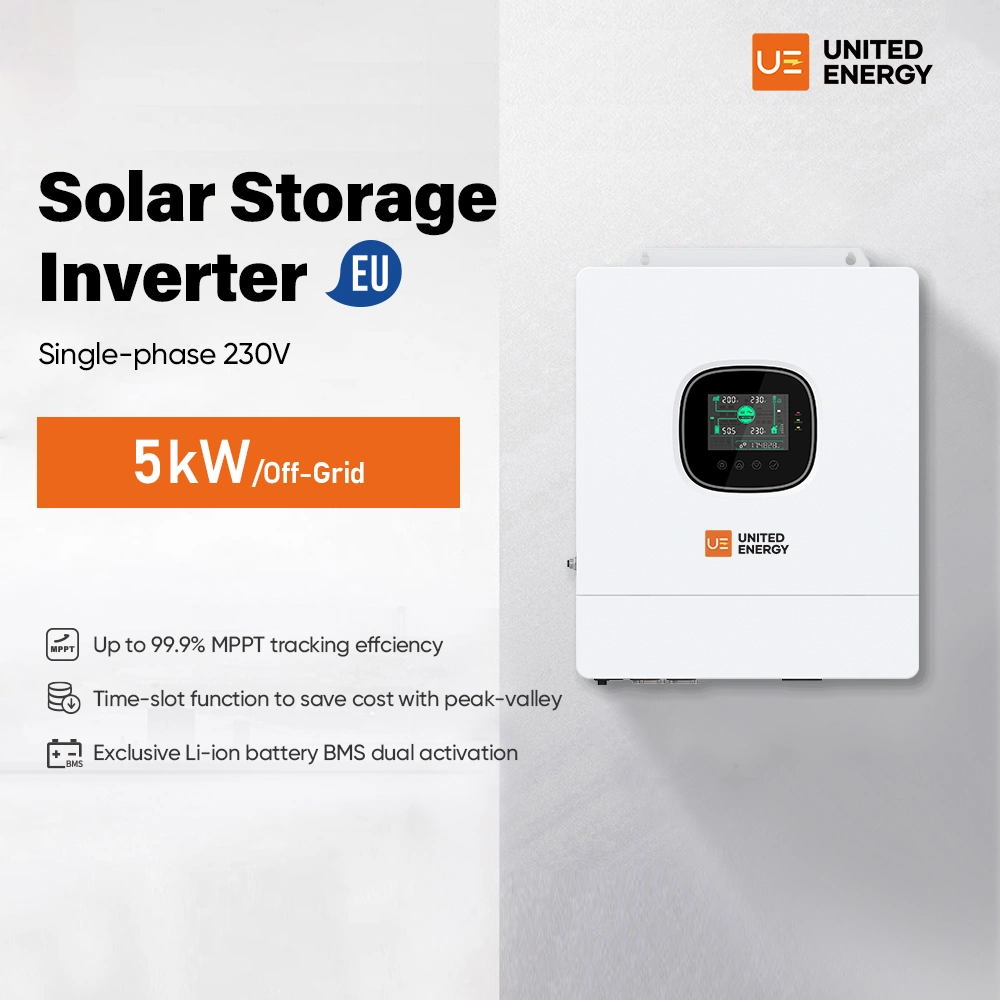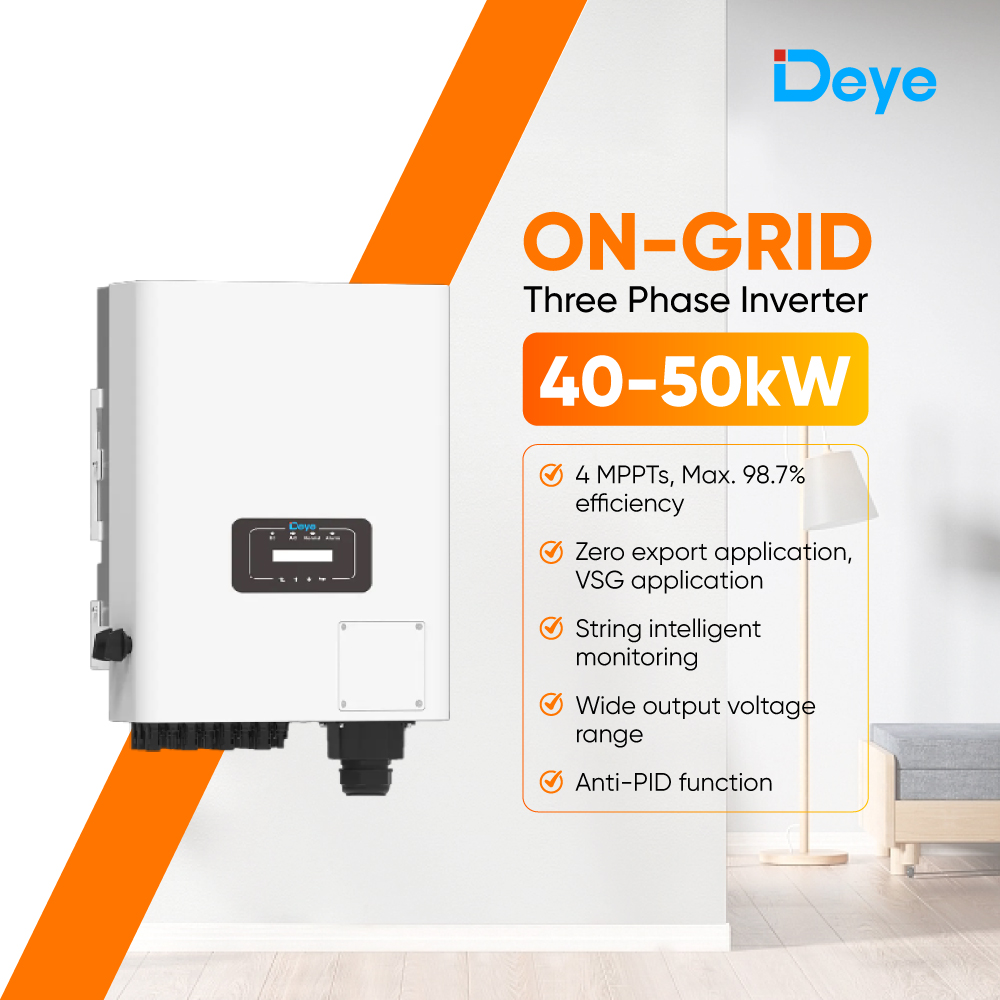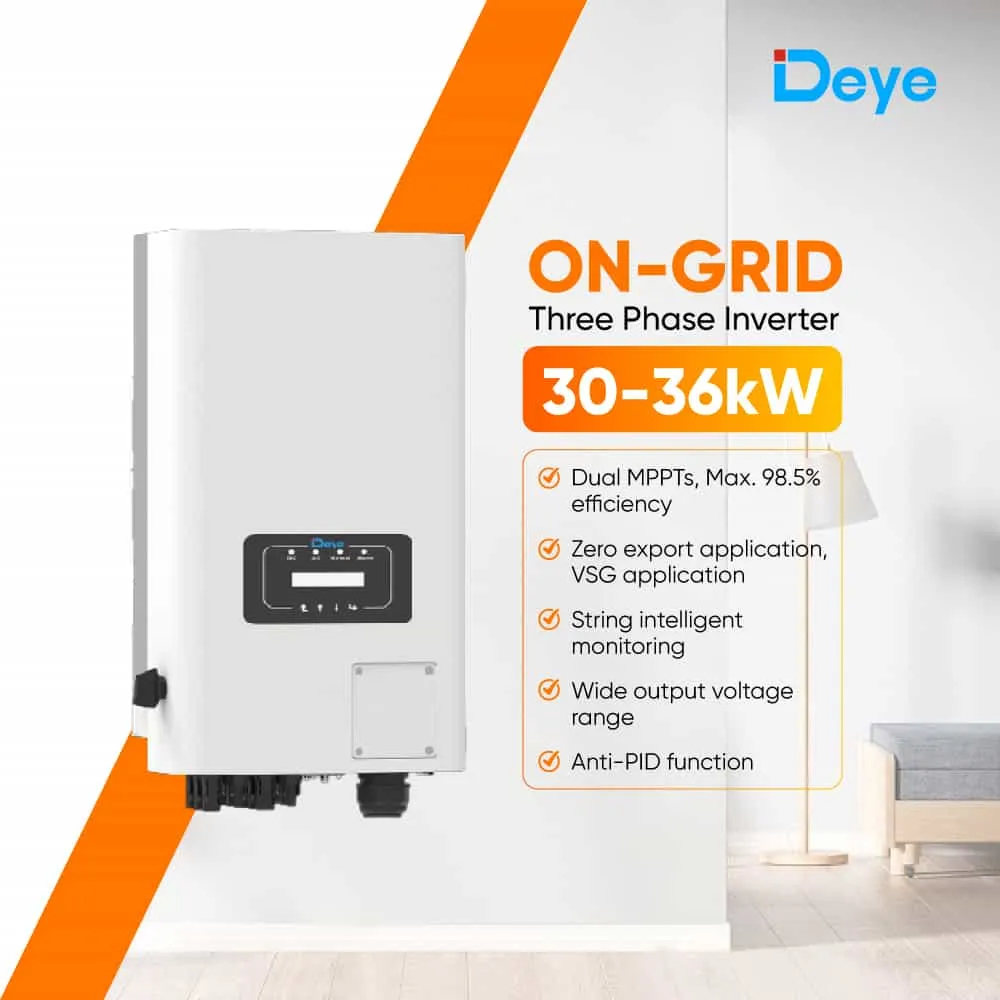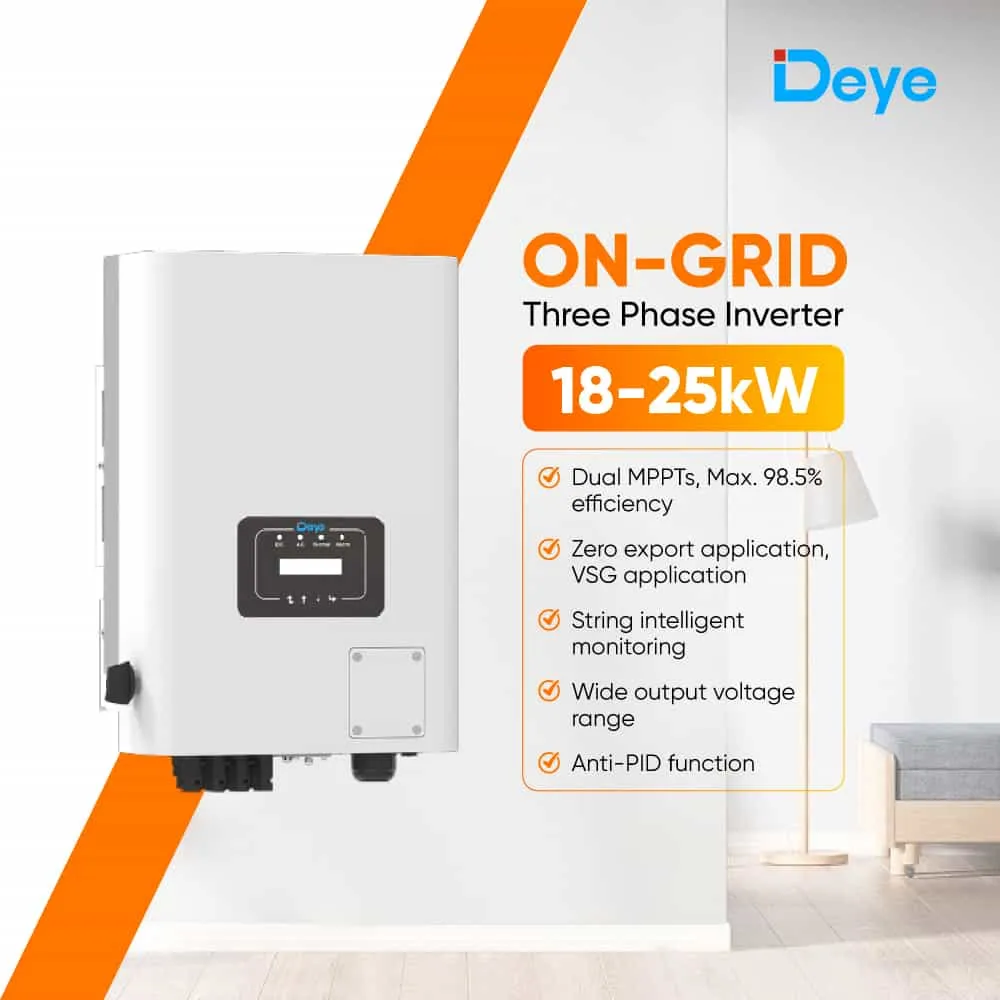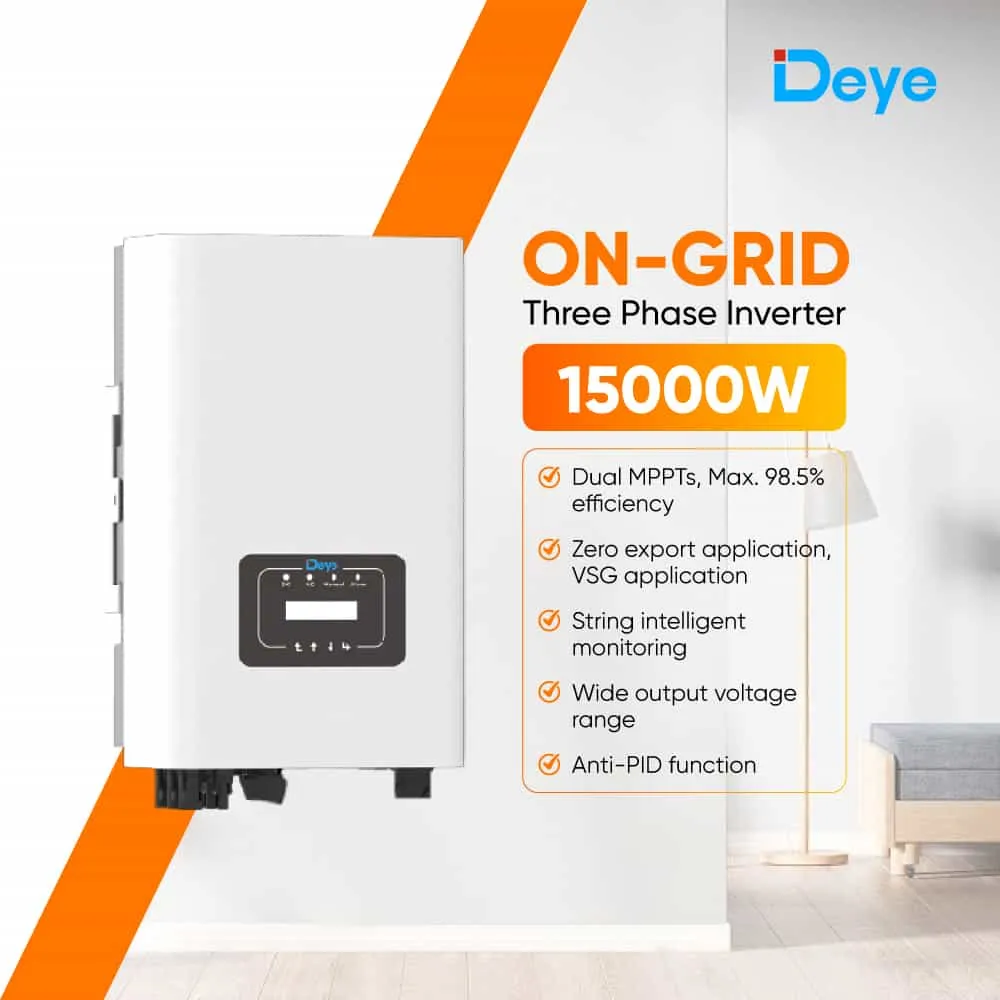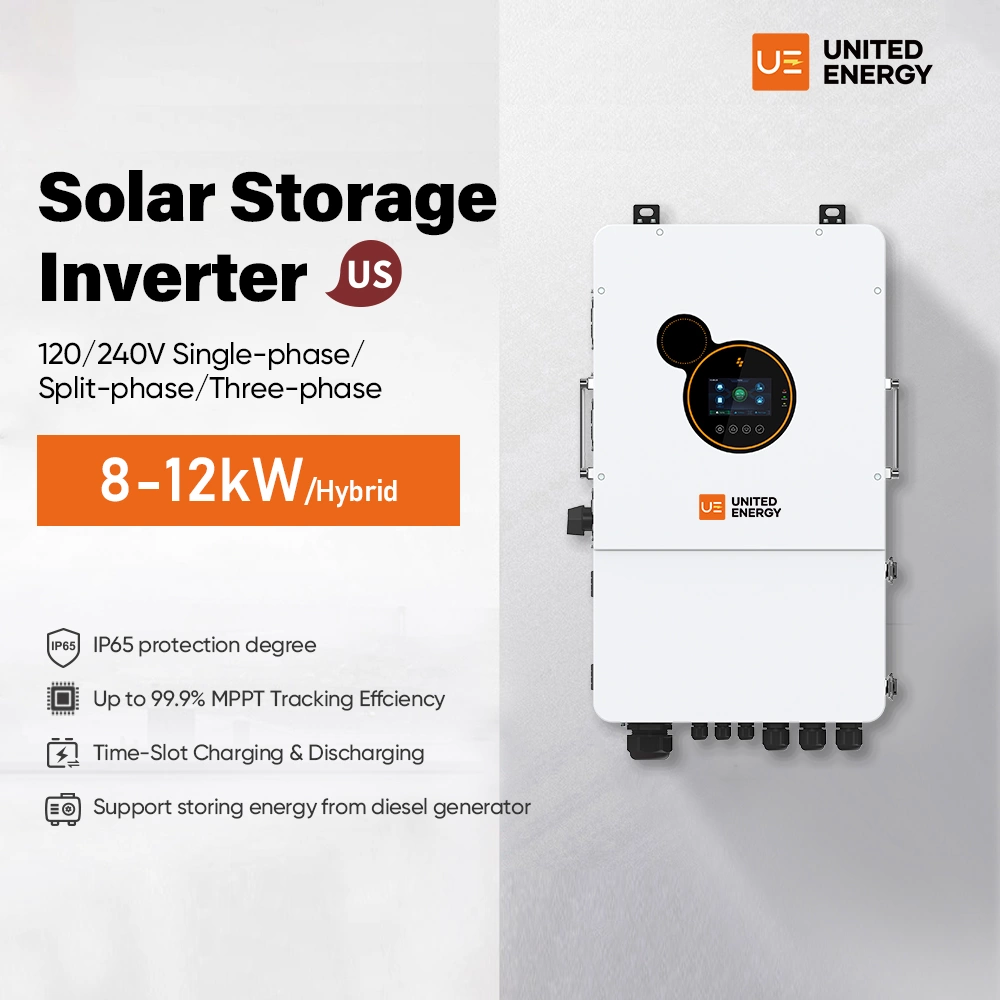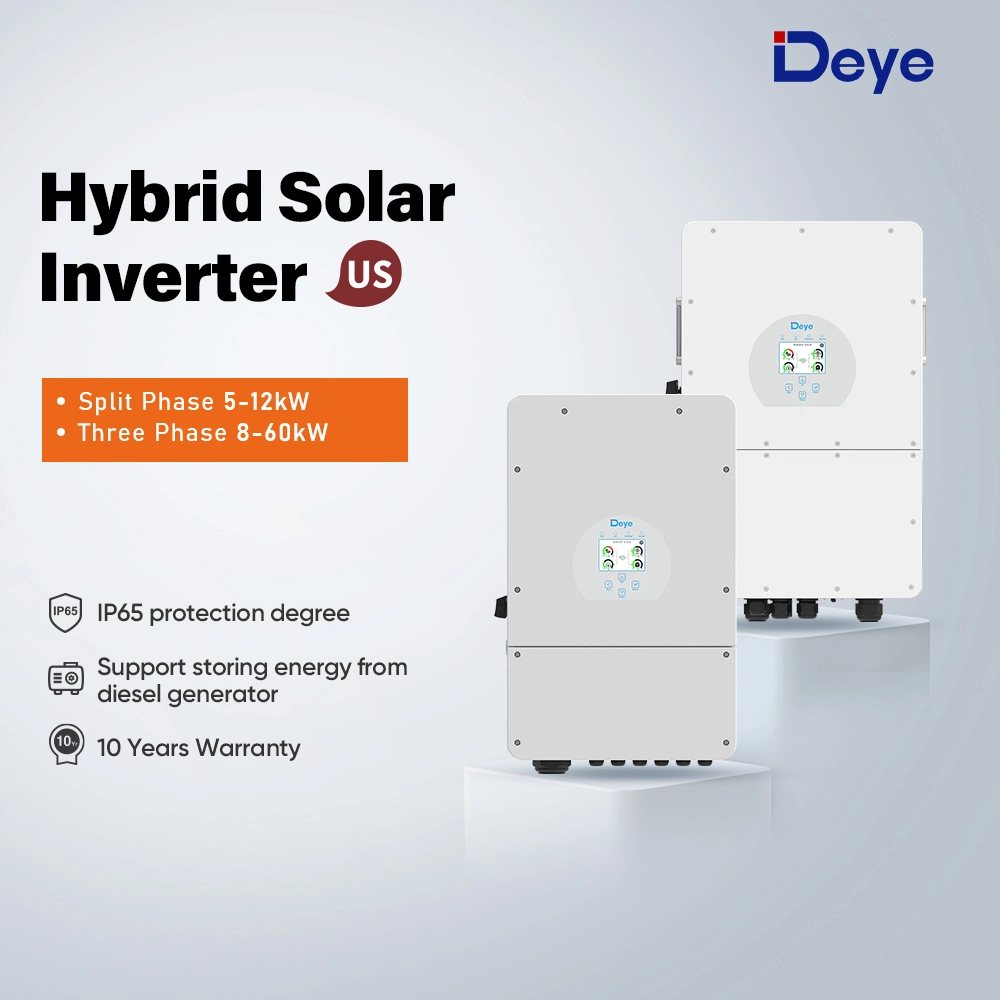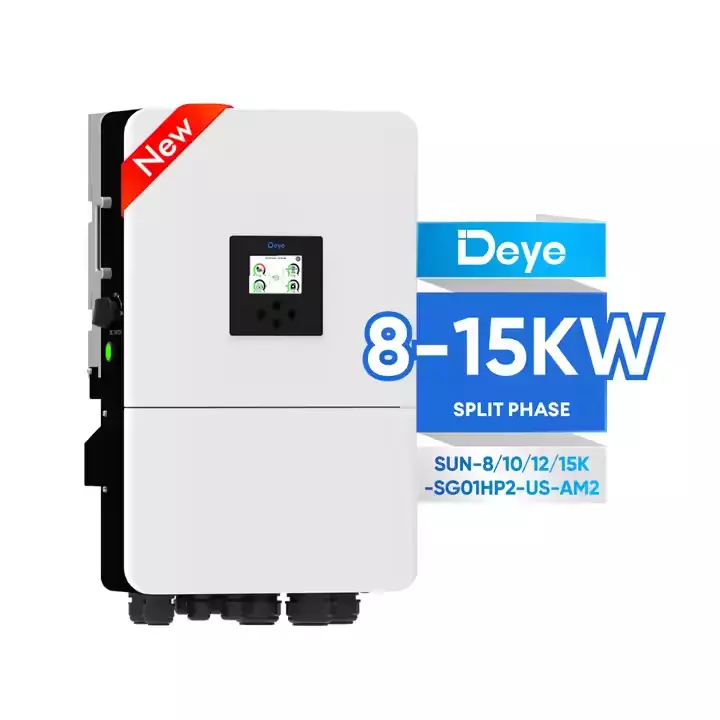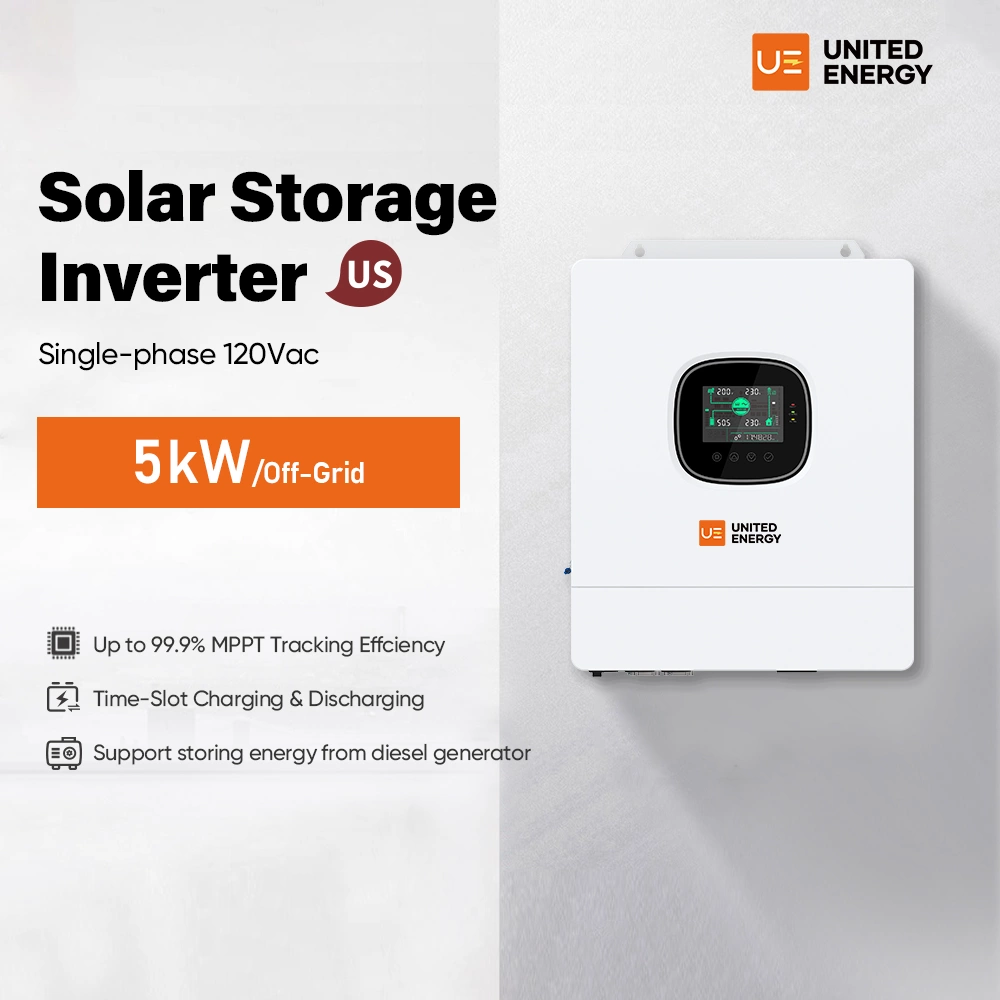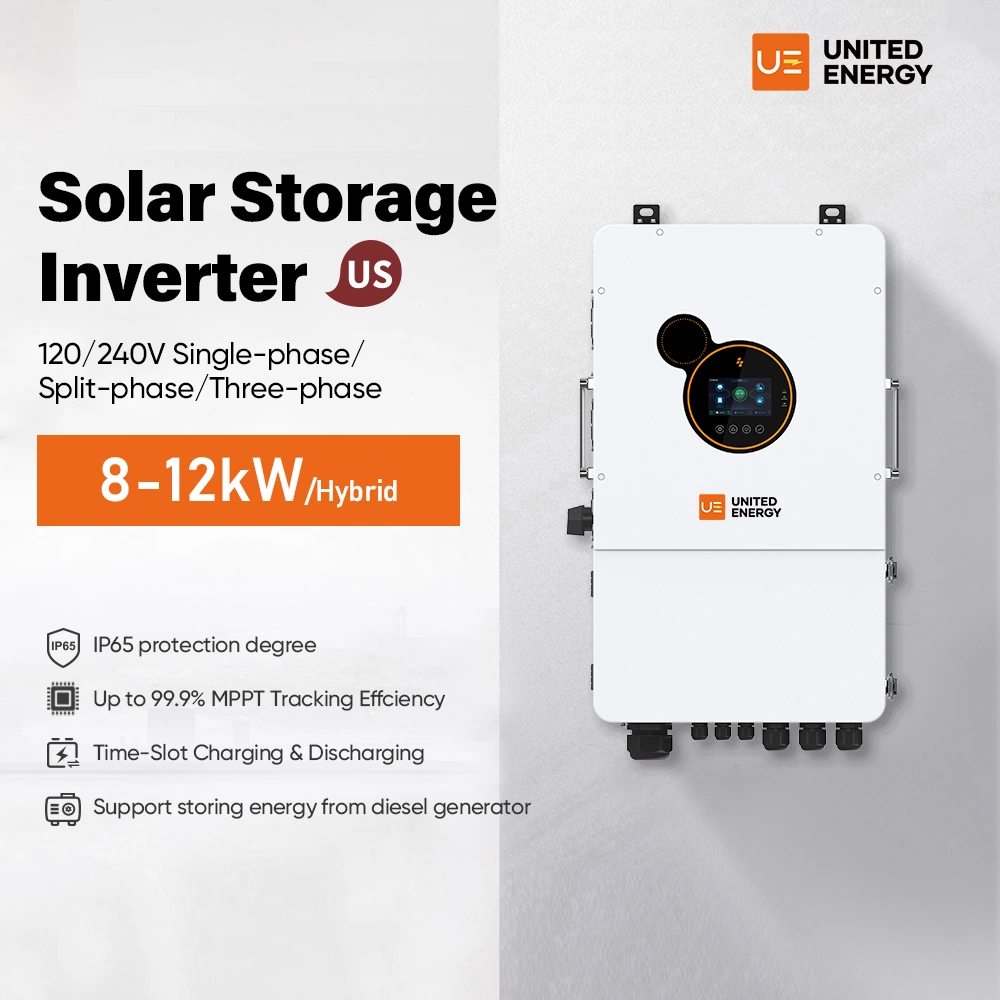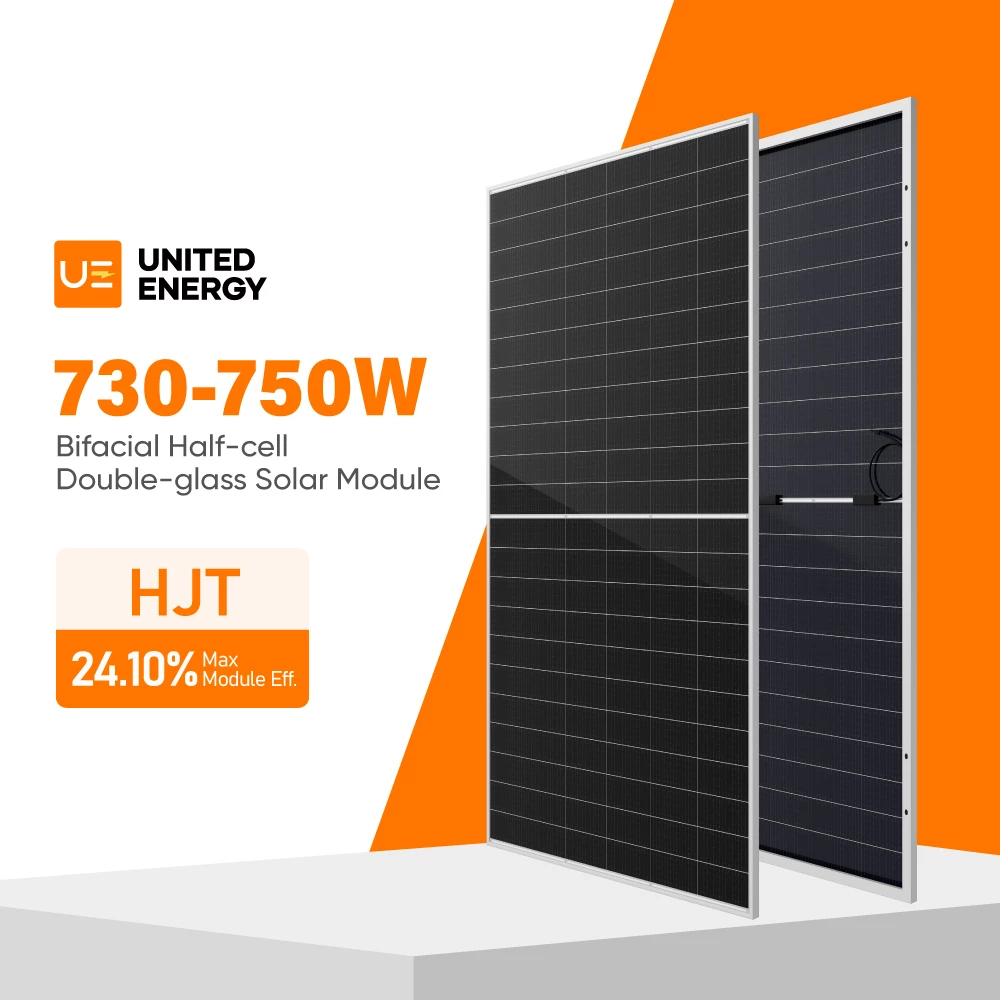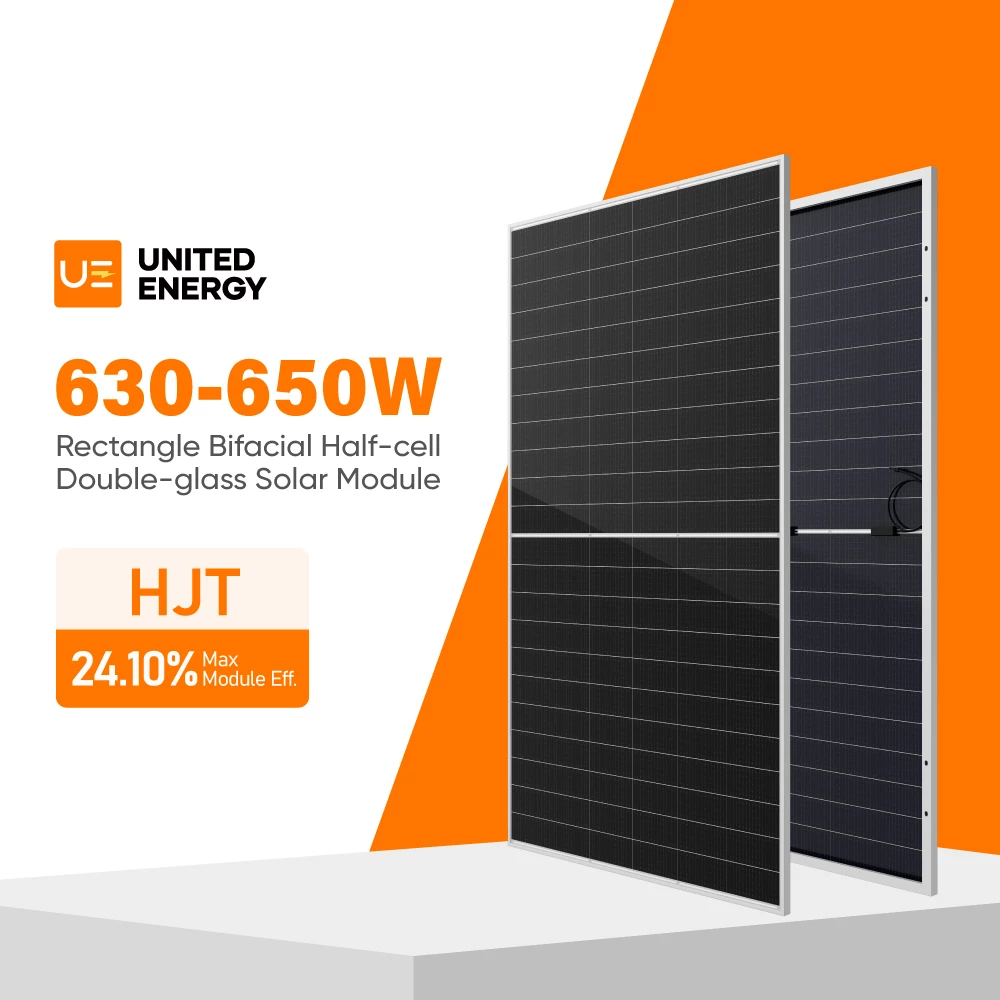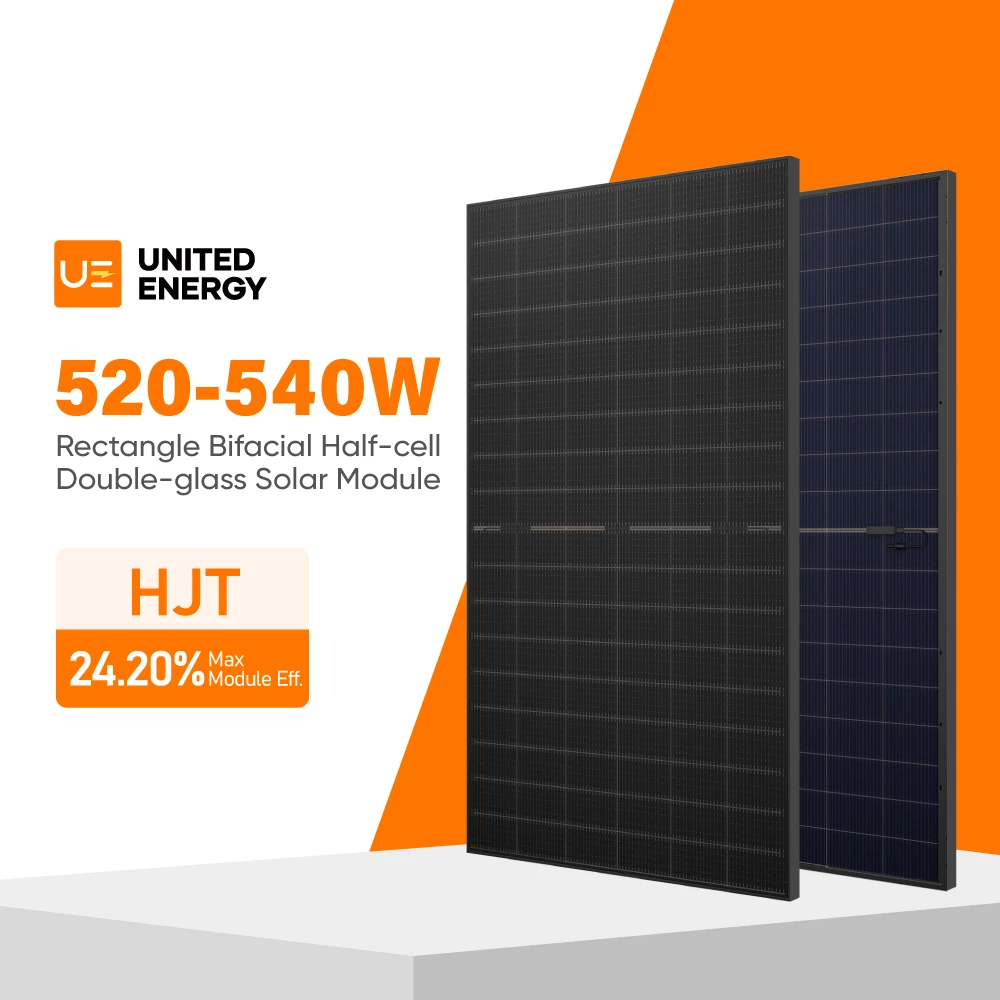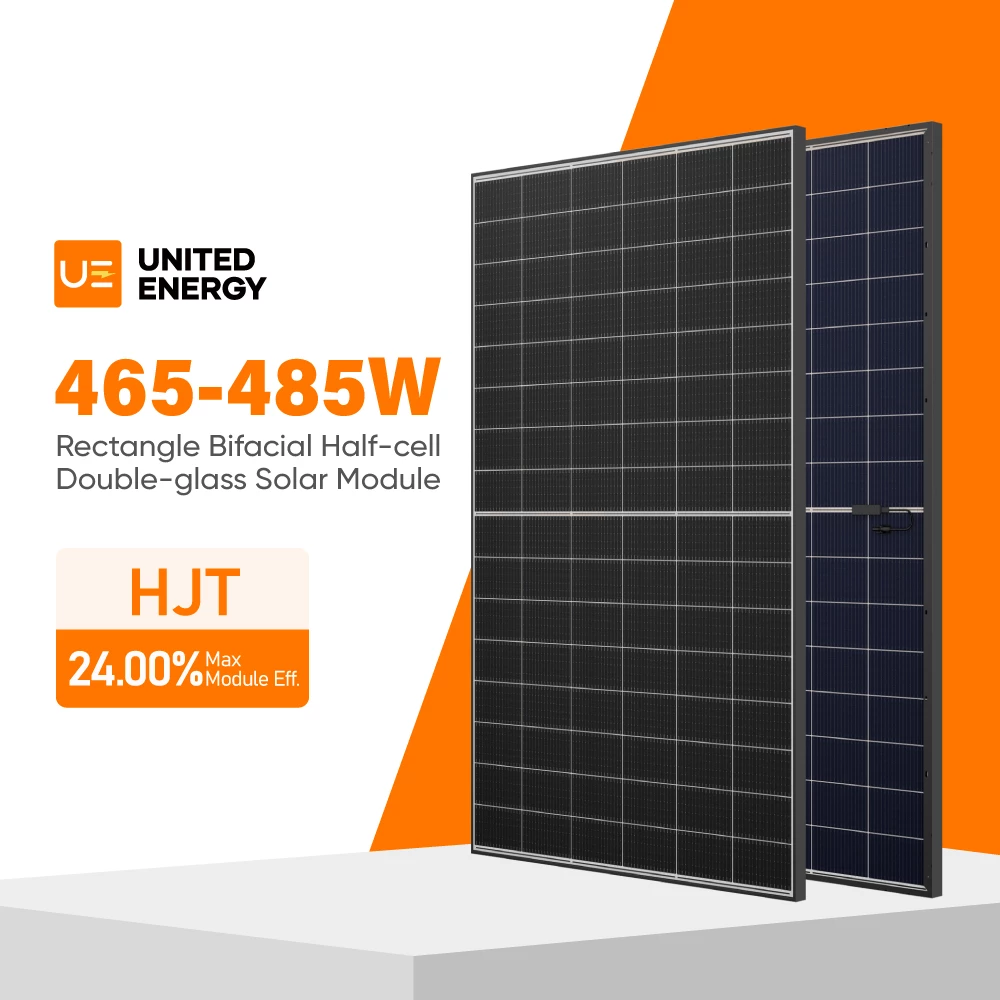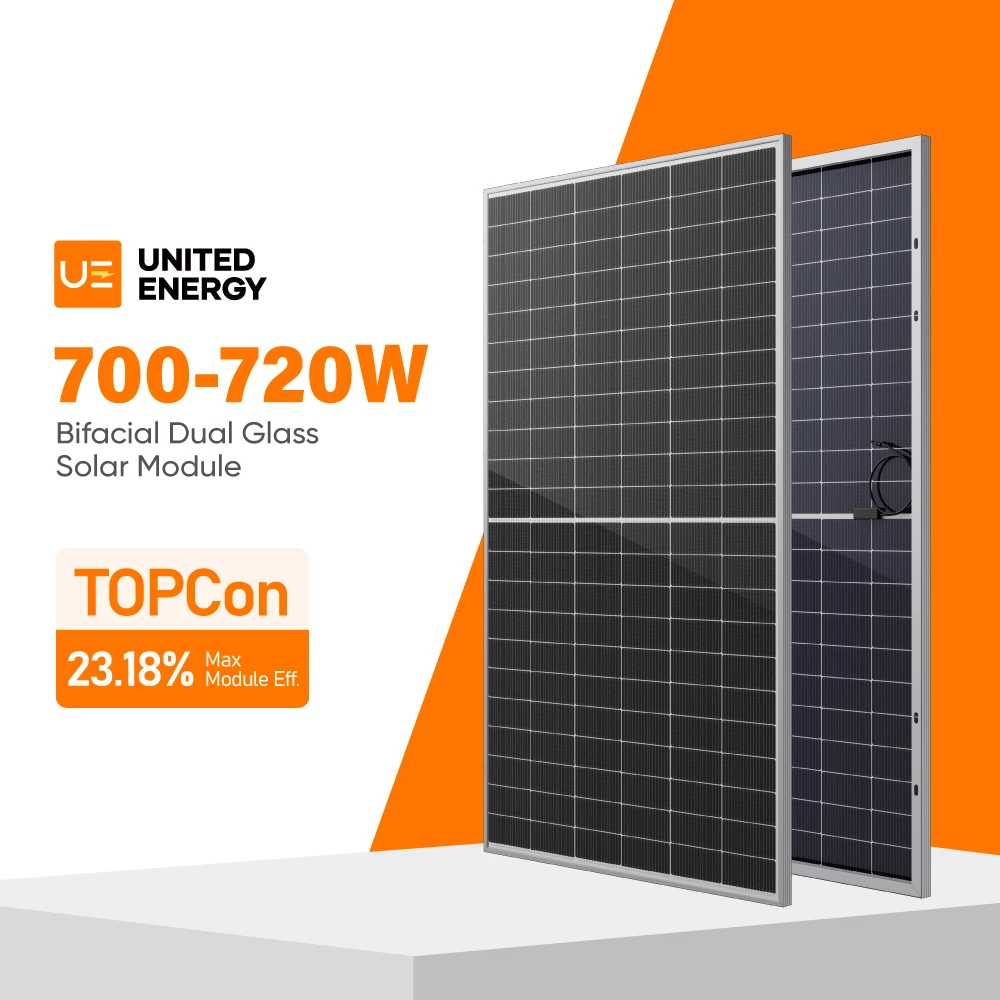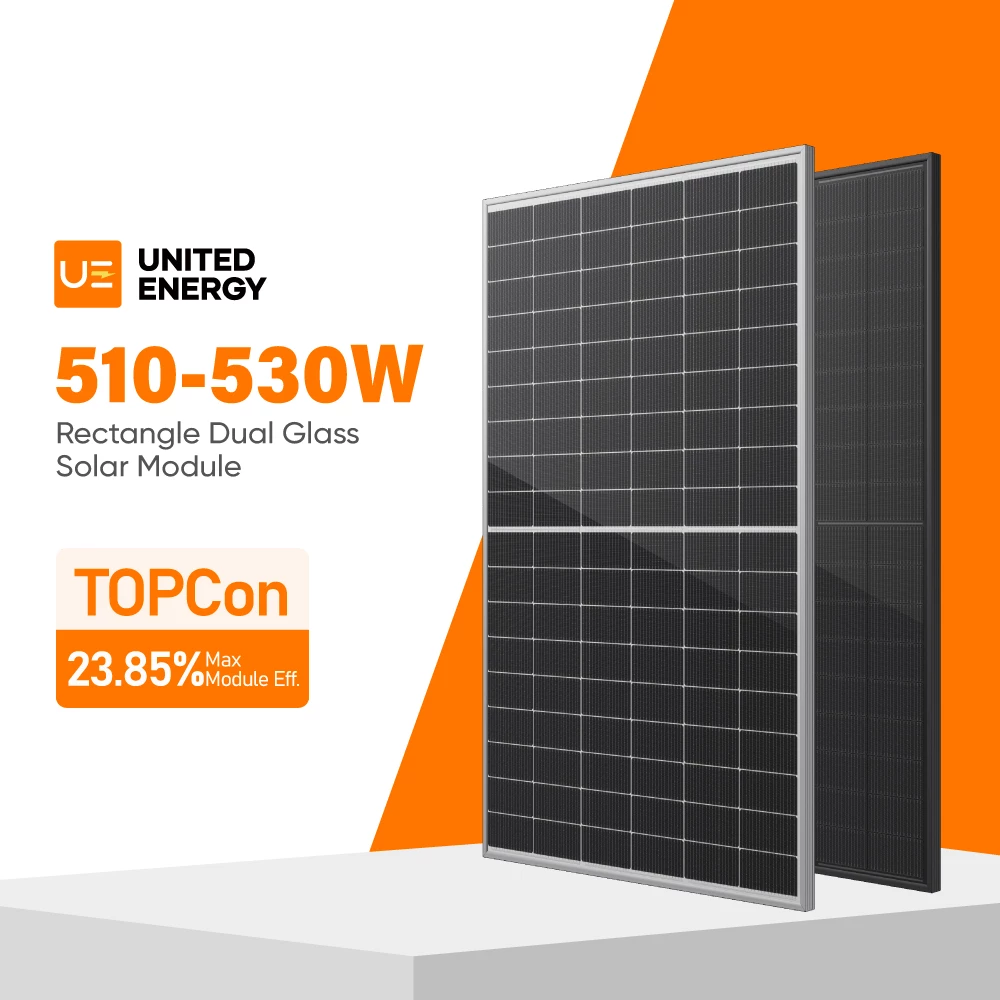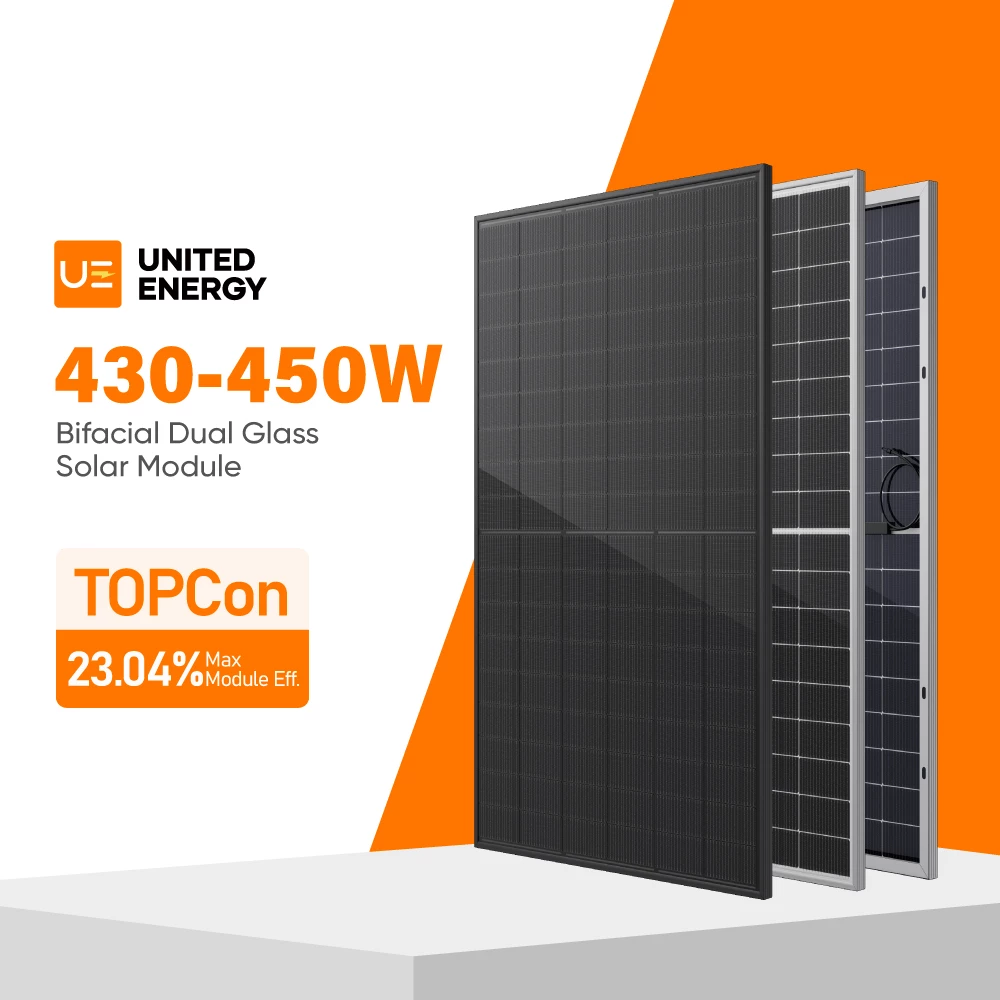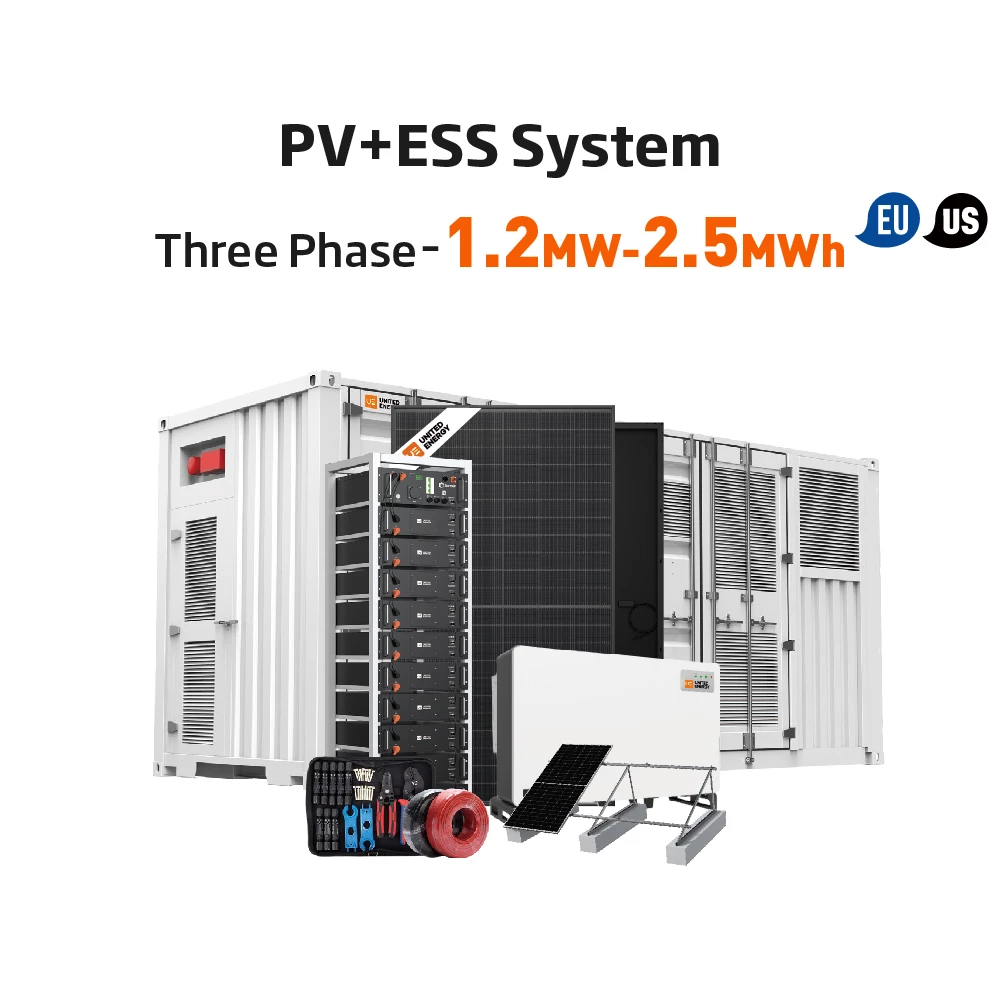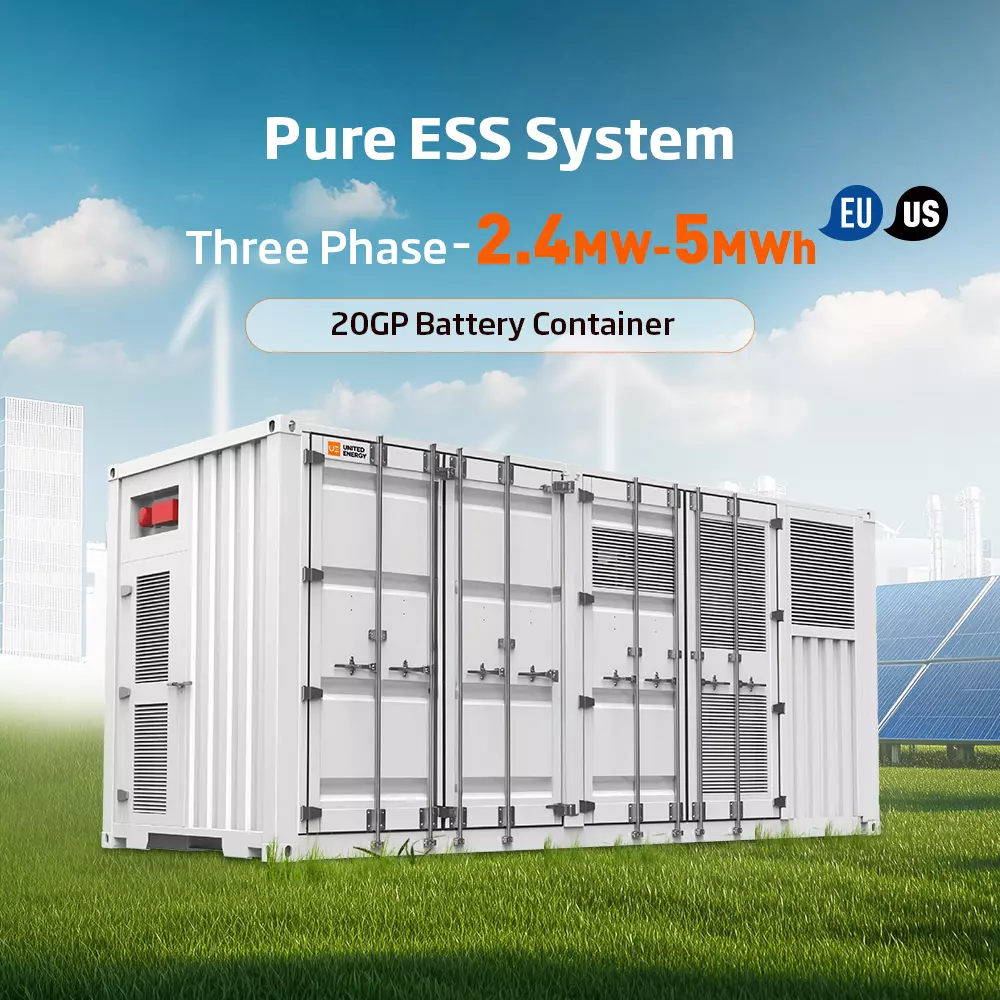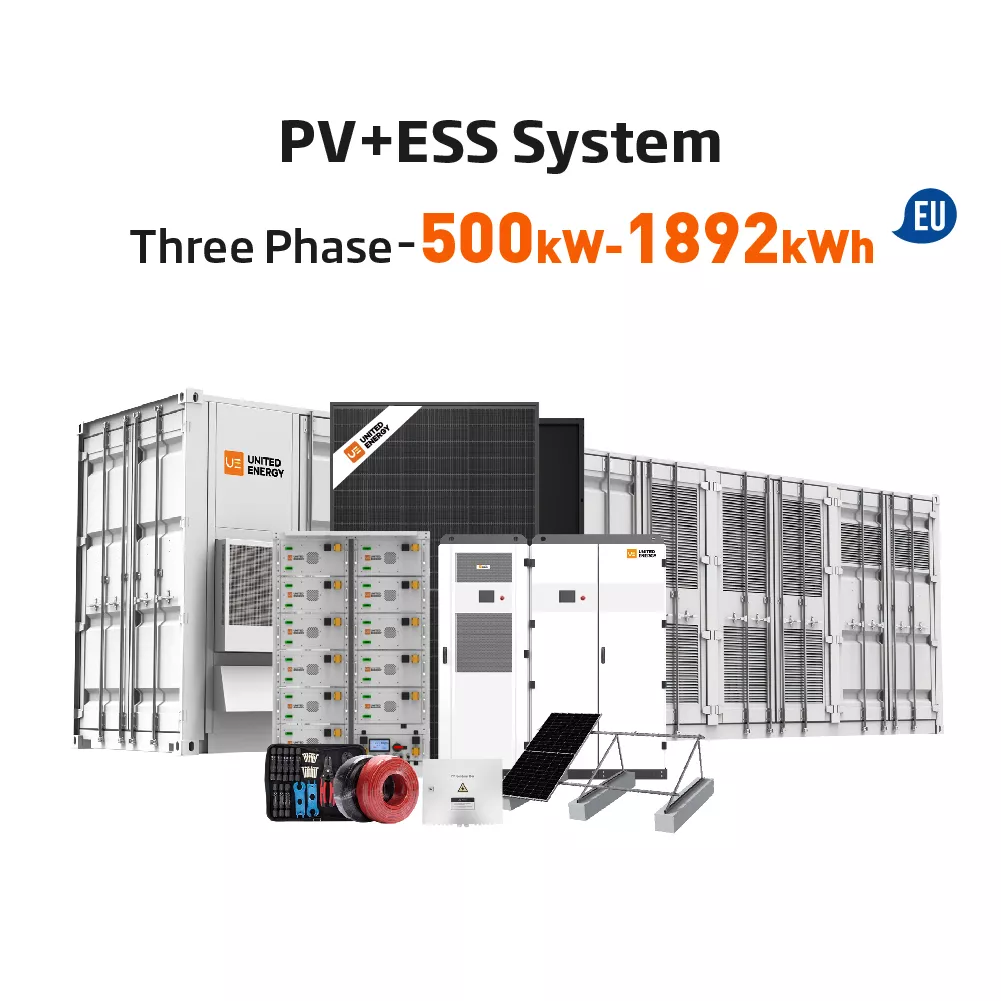Power structure
In Chile, solar power is a key source of low-carbon electricity, making up nearly 40% of the total. Hydropower and fossil fuels each represent 30%. This shows Chile has made strong progress in using clean energy for power generation, but there's still potential to cut down on fossil fuel use.
Characteristics of Different Regions
North region: Holds 61% of the country’s solar panel installations. The Atacama Desert area gets over 2,800 hours of sunshine yearly, ranking among the world’s top spots for solar energy potential.
Central region: The main electricity consumption area (70% of national demand), but only produces 30% of its power, relying on electricity sent from the north.
South region: Hydropower is the main energy source (75% of national hydropower), but new projects are limited by environmental rules. Wind power projects are slowly increasing here.
Grid Stability Challenges
Insufficient North-South Connection
Chile’s north region has abundant solar resources (61% of national solar capacity) but a small population. The central and southern regions are densely populated with industries and cities, but power stations are far away. Poor transmission infrastructure means much electricity can’t be sent to users – 6TWh of electricity was wasted in 2024. This uneven energy distribution also causes big electricity price differences. In April 2024, northern electricity prices were -150€/MWh, while central prices hit 128€/MWh.
Aging Infrastructure Issues
37% of Chile’s transmission equipment has been in use for over 25 years. Equipment failures caused a 34% rise in power outages in 2024 compared to the previous year. For example, a storm in central-southern areas in August 2024 left 1.2 million homes without electricity, showing the grid’s weak ability to handle disasters. This also caused the solar power generation in the northern region to drop by 60% during the day.
A countrywide blackout in February 2025 affected 98% of the population (19 million people). Santiago’s subway stopped, hospitals had to activate backup power, and economic losses topped $250 million.
PV development trend
Chile's next energy goal is to achieve zero-carbon electricity generation by 2050. Chile is currently moving towards its goals, and the proportion of renewable energy power generation has steadily increased. In order to solve the problem of balance between power production, distribution, transmission, and consumption, Chile is increasing installation capacity of ESS (Energy Storage System) in different regions. ESS become an important core in solar power system at Chile.
Recommended PV systems for Chilean Market
Chile's daily power generation usually exceeds its consumption, but insufficient energy storage leads to serious waste of solar energy. Therefore, when configuring residential and commercial solar energy solutions, UE recommends that users install the capacity of PV and batteries in a ratio of 1:1.5 to 1:2.5.
- Residential
8kW off-grid/ hybrid system with 45-50kWh/day power generation and 15-20kWh battery storage
12kW off-grid/ hybrid system with 65-75kWh/day power generation and 20-30kWh battery storage
20kW off-grid/ hybrid system with 110-130kWh/day power generation and 30-40kWh battery storage
> Solar Panel- A Class Quality with 30 Years Warranty
| Model | 590W N-type TOPCON Bifacial Dual Glass | 630W N-type TOPCON Bifacial Dual Glass |
| Efficiency | 23.24% | 23.32% |
| Vmp/V | 42.79 | 41.46 |
| Imp/A | 13.79 | 15.2 |
| Dimension | 2279*1134*30mm | 2382*1134*30mm |
| Weight | 32KG | 33.5KG |
Advantage
- A-Class Quality with 30 Years Warranty
- New circuit design N-type cells, can increase the output power of 10~20W.
- Bifacial module provide an additional 5%~25% output.
> Inverter
| Off-grid Inverter | 8kW | 10kW | 12kW |
| Rated Output Voltage | 230Vac, single-phase | 230Vac, single-phase | 400Vac, three-phase |
| Battery Voltage Range | 40-60Vdc | ||
| Max. Hybrid Charging Current | 180A | 220A | 260A |
| Num. of MPPT | 2 | ||
| MPPT Voltage Range | 125-425Vdc | ||
| Hybrid Inverter | 8kW | 10kW | 12kW |
| Rated Output Voltage | 230/400Vac , Three-phase | ||
| Battery Voltage Range | 40-60Vdc | ||
| Max. Hybrid Charging Current | 200A | ||
| Num. of MPPT | 2 | ||
| MPPT Voltage Range | 200-650Vdc | ||
Advantage
- Advanced MPPT technology with up to 99.9% efficiency
- Up to 6 units in parallel, with total power up to 72kW, meeting user's need to expand power in the future.
- Exclusive Li-ion battery BMS dual activation, time-slot function to save cost with peak-valley
> LV Lithium Battery
| Model | 5kWh | 10kWh | 15kWh |
| Rated Voltage | 51.2V | ||
| Rated Capacity | 100Ah | 200Ah | 280Ah |
| Cycle Life | 6000 Cycles @80% DOD | 6000 Cycles @80% DOD | 8000 Cycles @90% DOD |
| Dimension | 480*442*133mm | 680*442*178mm | 881*480*251mm |
| Weight | 44KG (rack type) | 88KG (rack type) | 109KG (roller type) |
| Communication | CAN/ RS485/ RS232 | ||
Advantage
- Each Battery with Independent BMS System Manages Power Output Smartly
- Compatible with most of the Available Hybrid Inverters
- High-Quality Prismatic Battery cell, 10 years warranty
- Commercial
50kW system generates electricity of 300kWh/day, with 100kWh battery storage
100kW system generates electricity of 600kWh/day, with 200kWh battery storage
150kW system generates electricity of 900kWh/day, with 300kWh battery storage
> Solar Panel
| Model | 720W N-type TOPCON Bifacial Dual Glass |
| Efficiency | 23.18% |
| Vmp/V | 41.00 |
| Imp/A | 17.56 |
| Dimension | 2384*1303*33mm |
| Weight | 37.5KG |
Advantage
- A-Class Quality with 30 Years Warranty
- New circuit design N-type cells, can increase the output power of 10~20W.
- Bifacial module provide an additional 5%~25% output.
> Inverter
| Hybrid Inverter | Deye SUN-50K-SG01HP3-EU-BM4 |
| Rated Output Voltage | 50,000W |
| Battery Voltage Range | 160-800V |
| Number of Battery Input | 2 |
| Num. of MPPT/ No. of Strings MPP Tracker | 4/ 2+2+2+2 |
| MPPT Voltage Range | 150-850V |
| Grid Connection Form | 3L+N+PE |
| Communication | RS485/ RS232/ CAN |
Advantage
- 100% unbalanced output, each phase
- AC couple to retrofit existing solar system
- 6 time periods for battery charging/discharging
- Support storing energy from diesel generator
> HV Lithium Battery
| Model | 100kWh | 143kWh | 200kWh |
| Battery Module Voltage | 51.2V | ||
| Battery Module Capacity | 280Ah | ||
| Nominal Voltage | 358.4V | 512V | 716.8V |
| Nominal Capacity | 280Ah | ||
| Dimension Module | 483*245*792mm*7 | 483*245*792mm*10 | 483*245*792mm*14 |
| Dimension Rack | 1090*780*1190mm | 1090*780*1690mm | 1090*780*2190mm |
| Weight | 912KG | 1300KG | 1804KG |
| Communication | RS485/RS232/CAN | ||
| Cycle Life | (0.5C/0.5C-80%D0D)>6000 times | ||
| Series Function | Support 16units in Series | ||
| Certification | CE/IEC/UL/UN38.3/MSDS/ROHS | ||
Advantage
- Long cycle life, can be used for peak shaving, commercial power sales, backup power and other diversified application modes
- Use energy storage battery, longer service life
- Multiple cabinets in parallel, support MW-level power
Conclusion
Chile’s solar market has rich sun resources and clear renewable energy plans, but needs better power transmission and storage.
UE stands ready to partner with local enterprises and communities to deploy customized solar power + energy storage projects that bridge regional energy gaps. Together, we can transform Chile’s solar abundance into a reliable, low-cost, and climate-friendly energy system—powering progress for generations to come.
Contact UE today to explore how our solar solutions can meet your needs in Chile’s evolving market.

